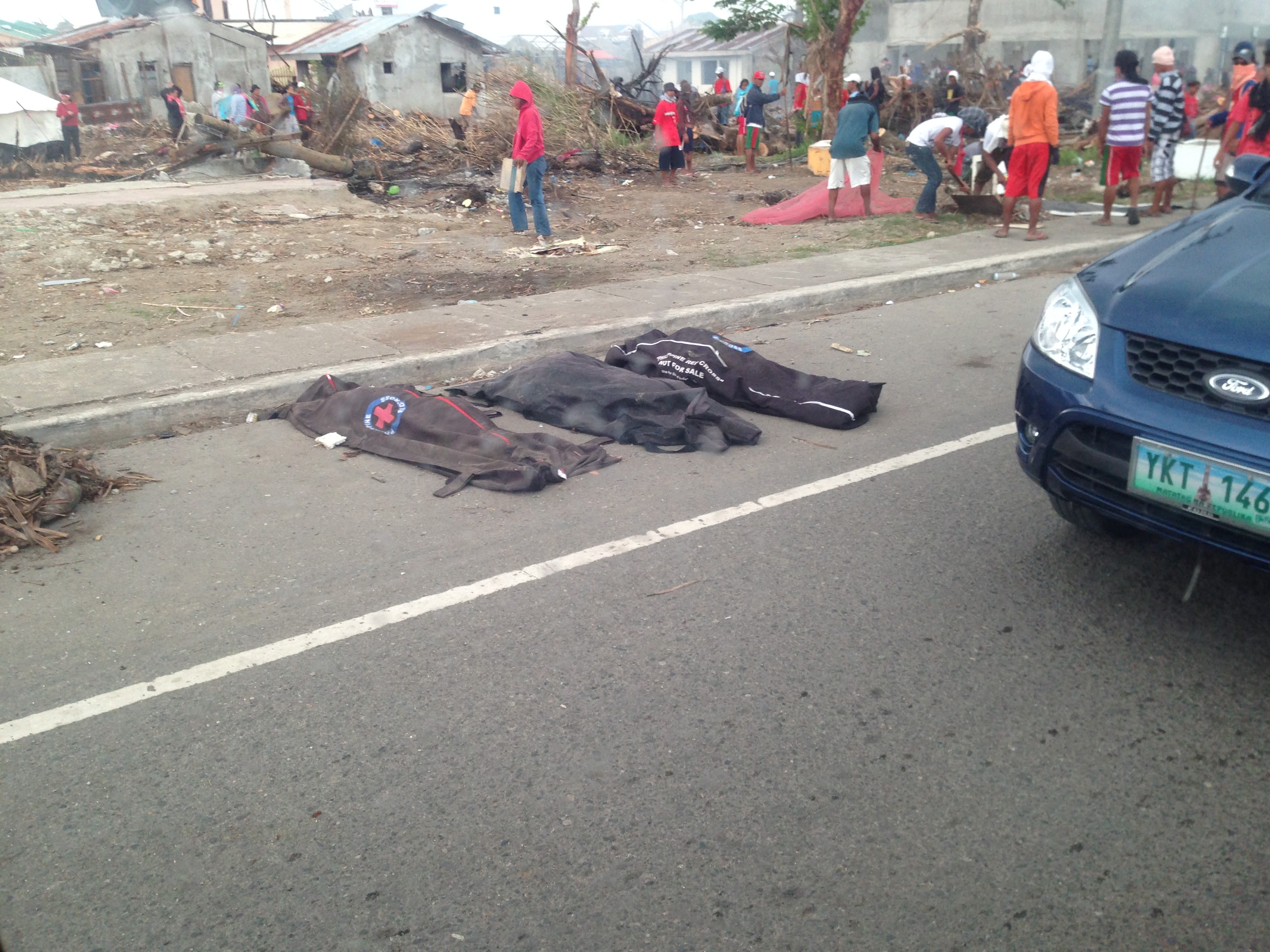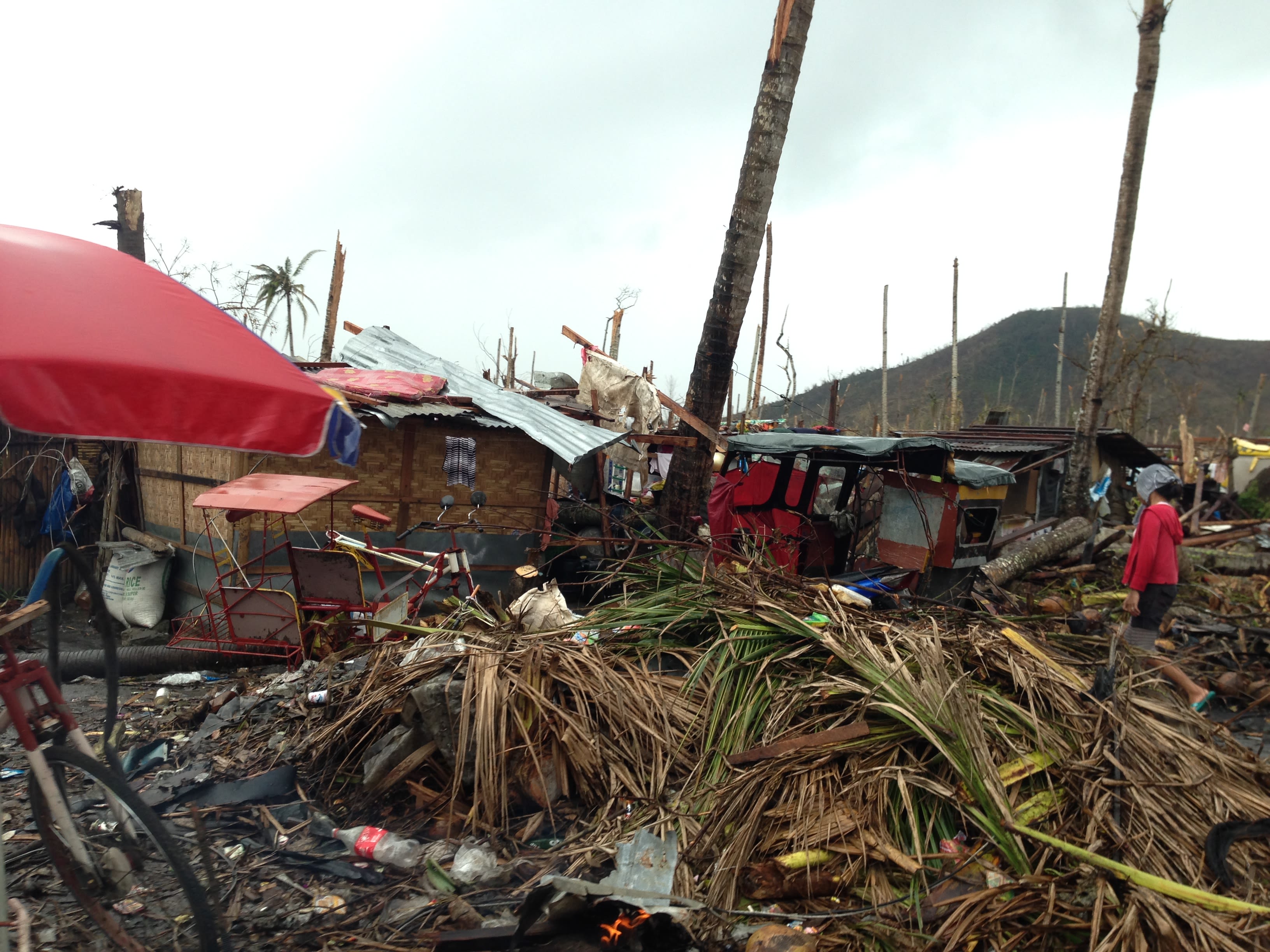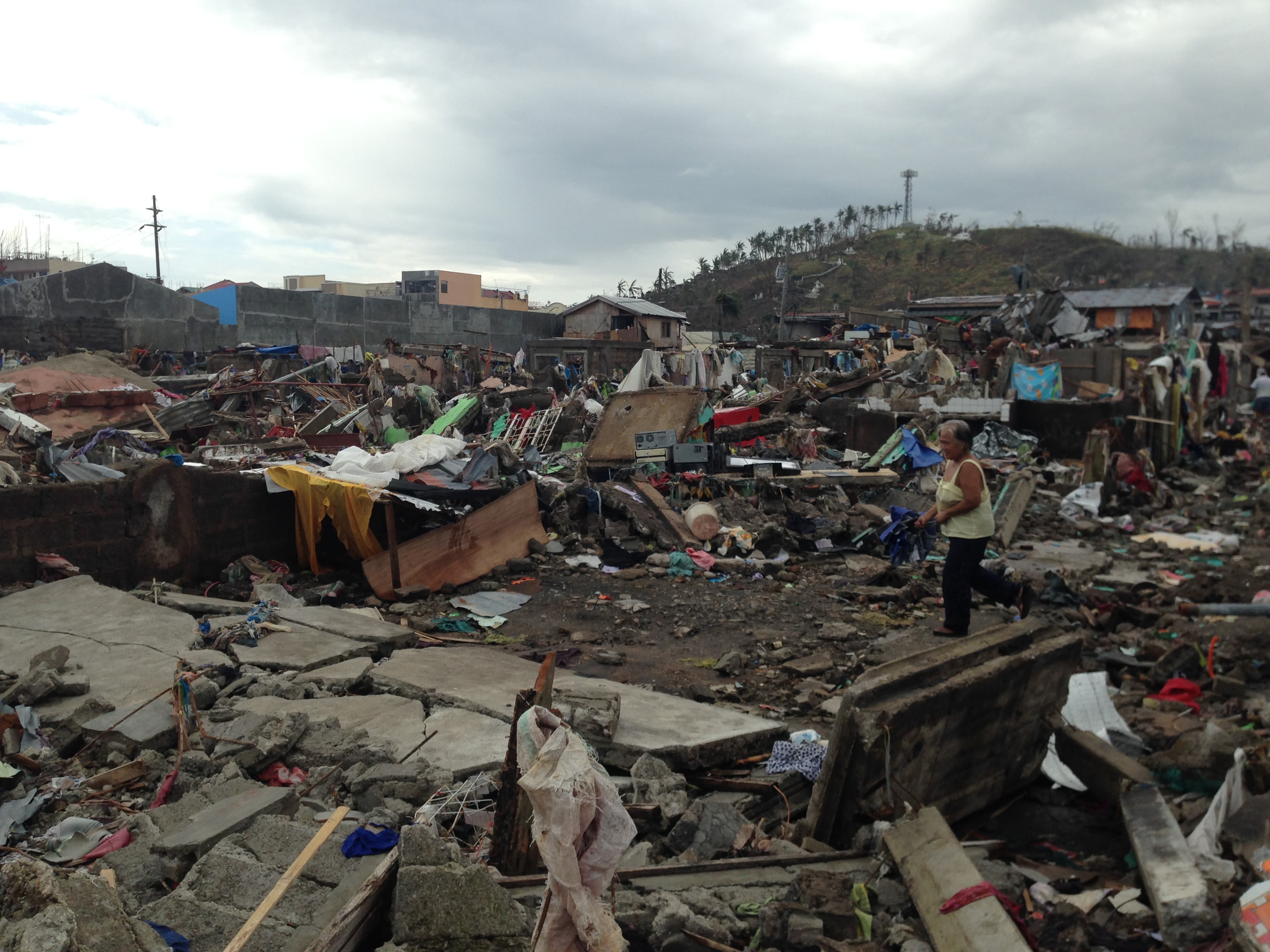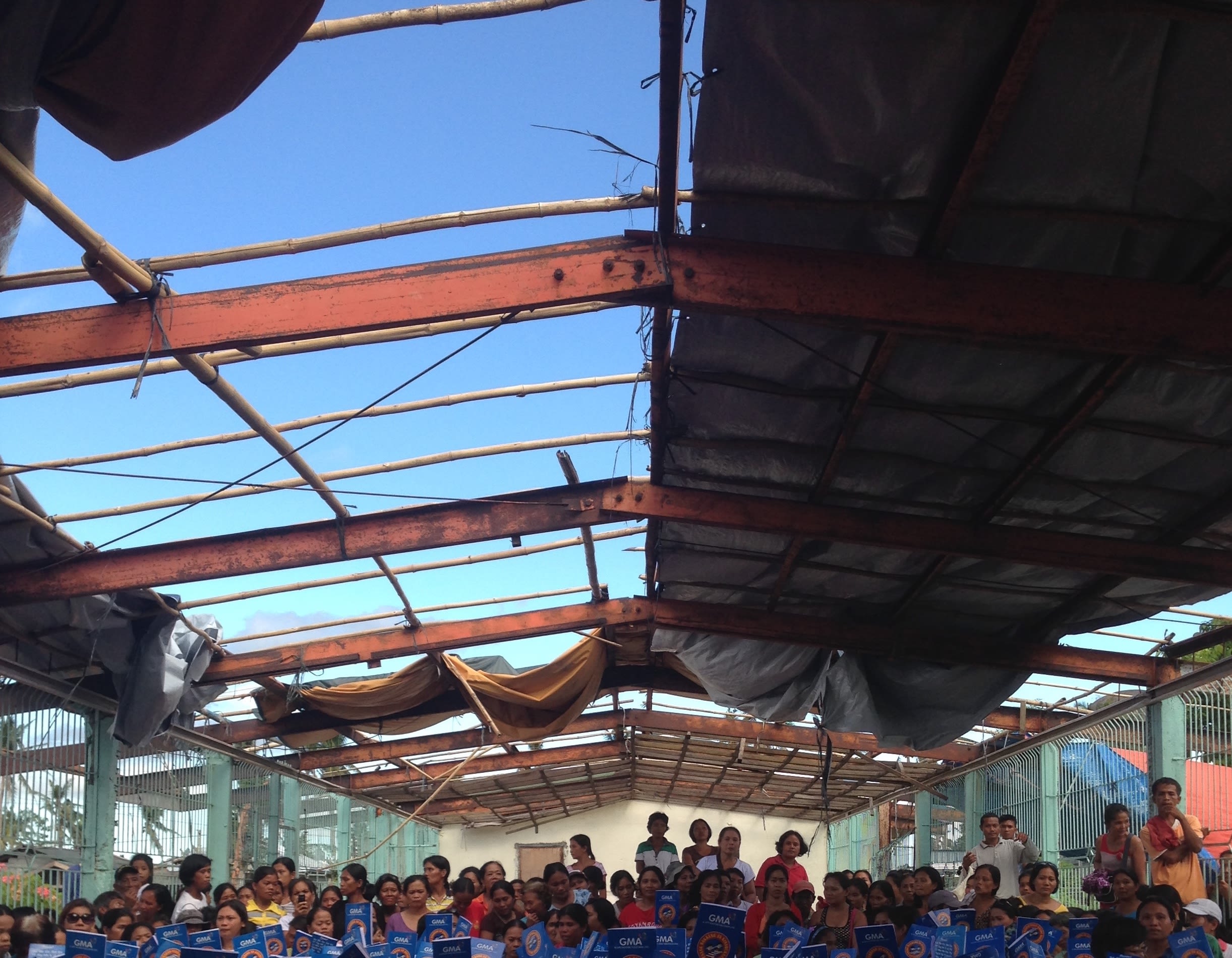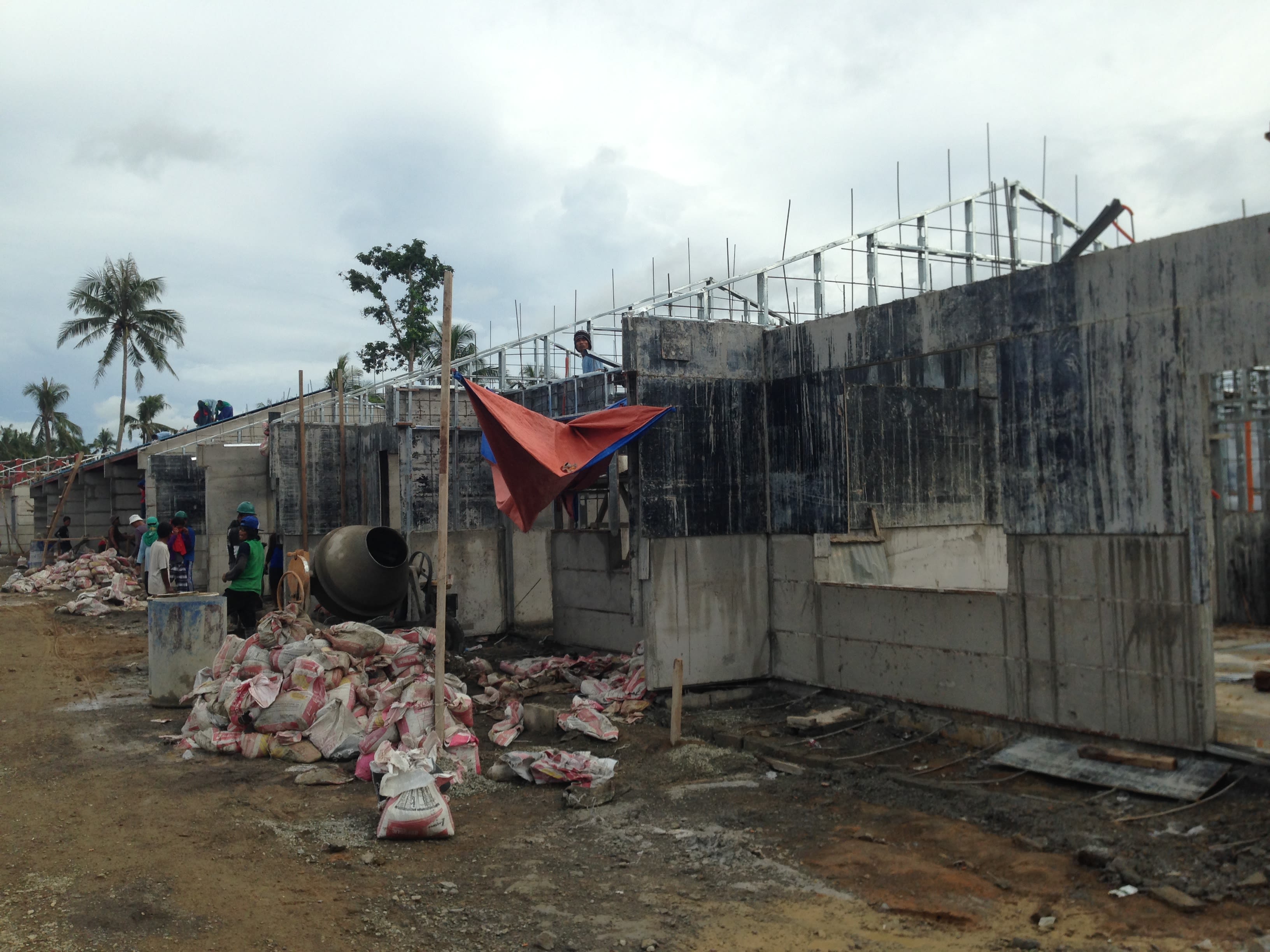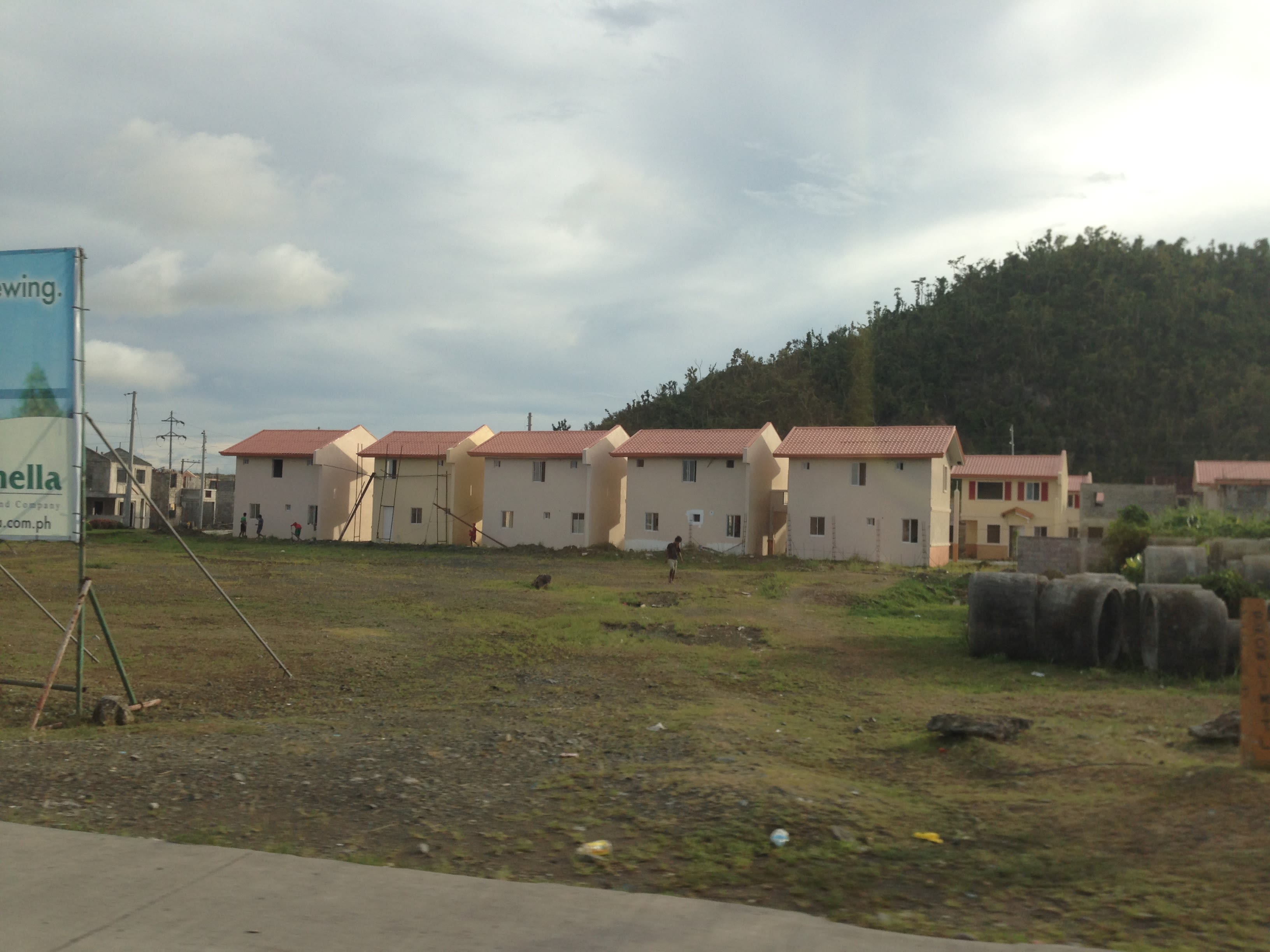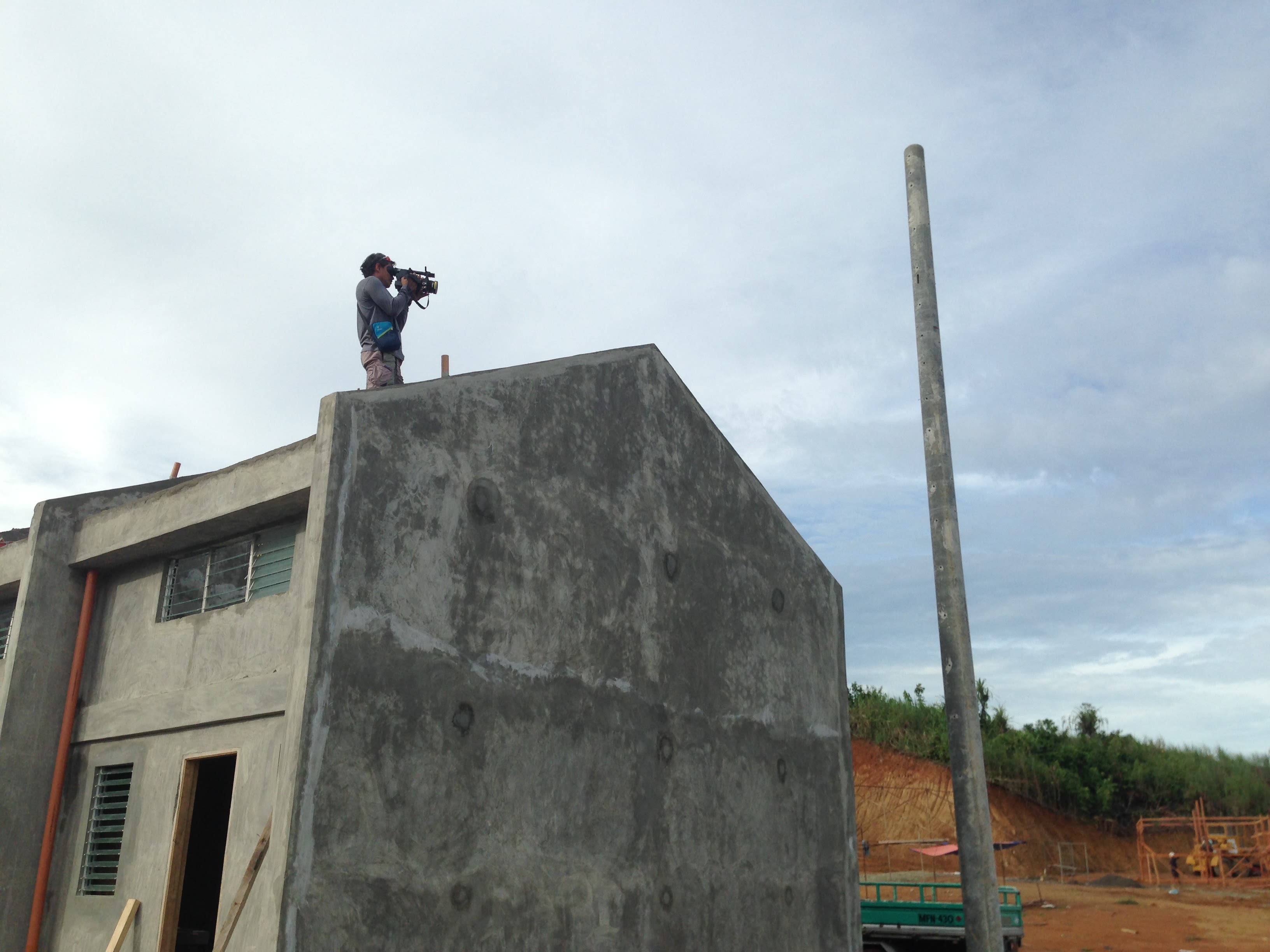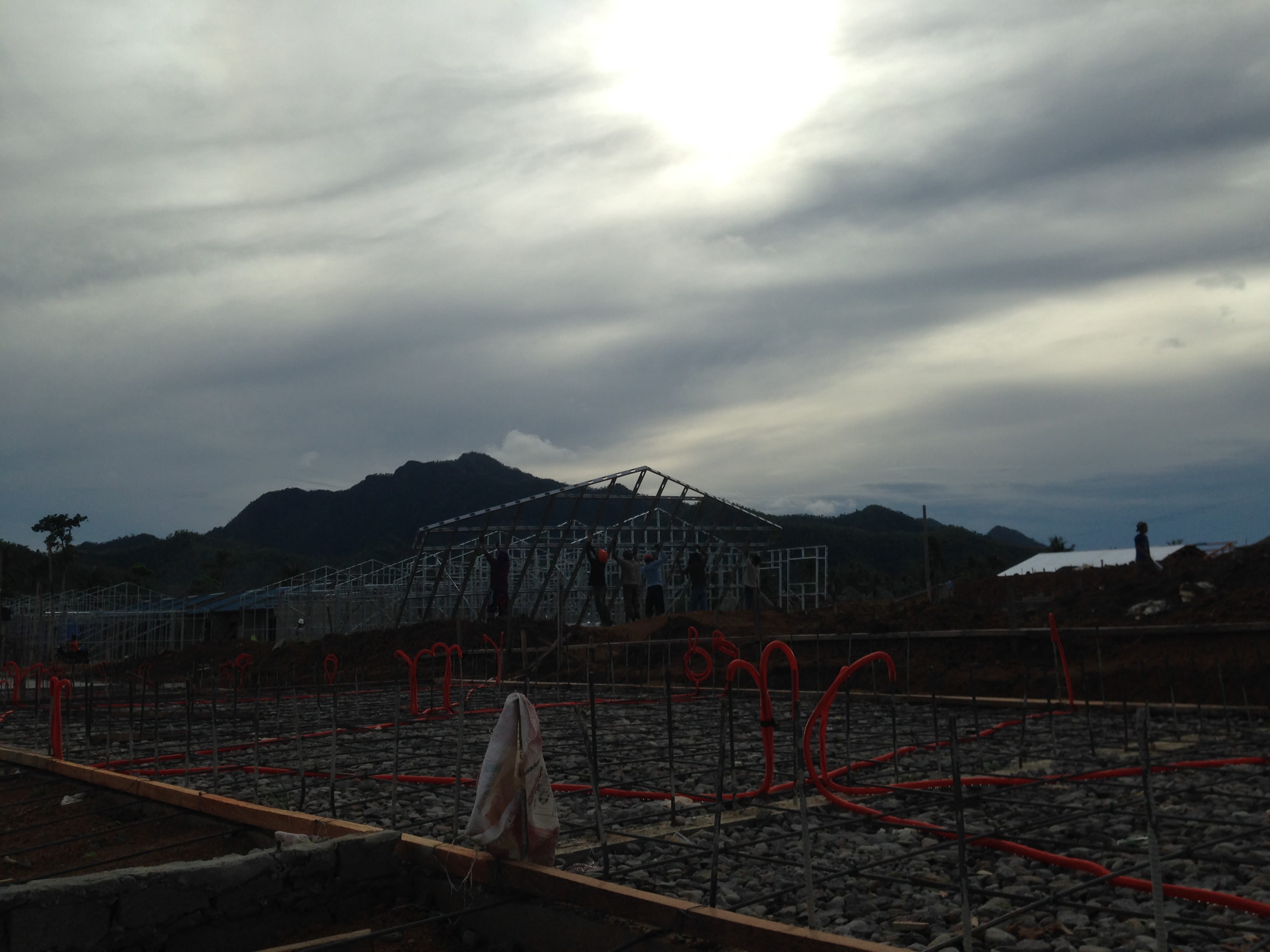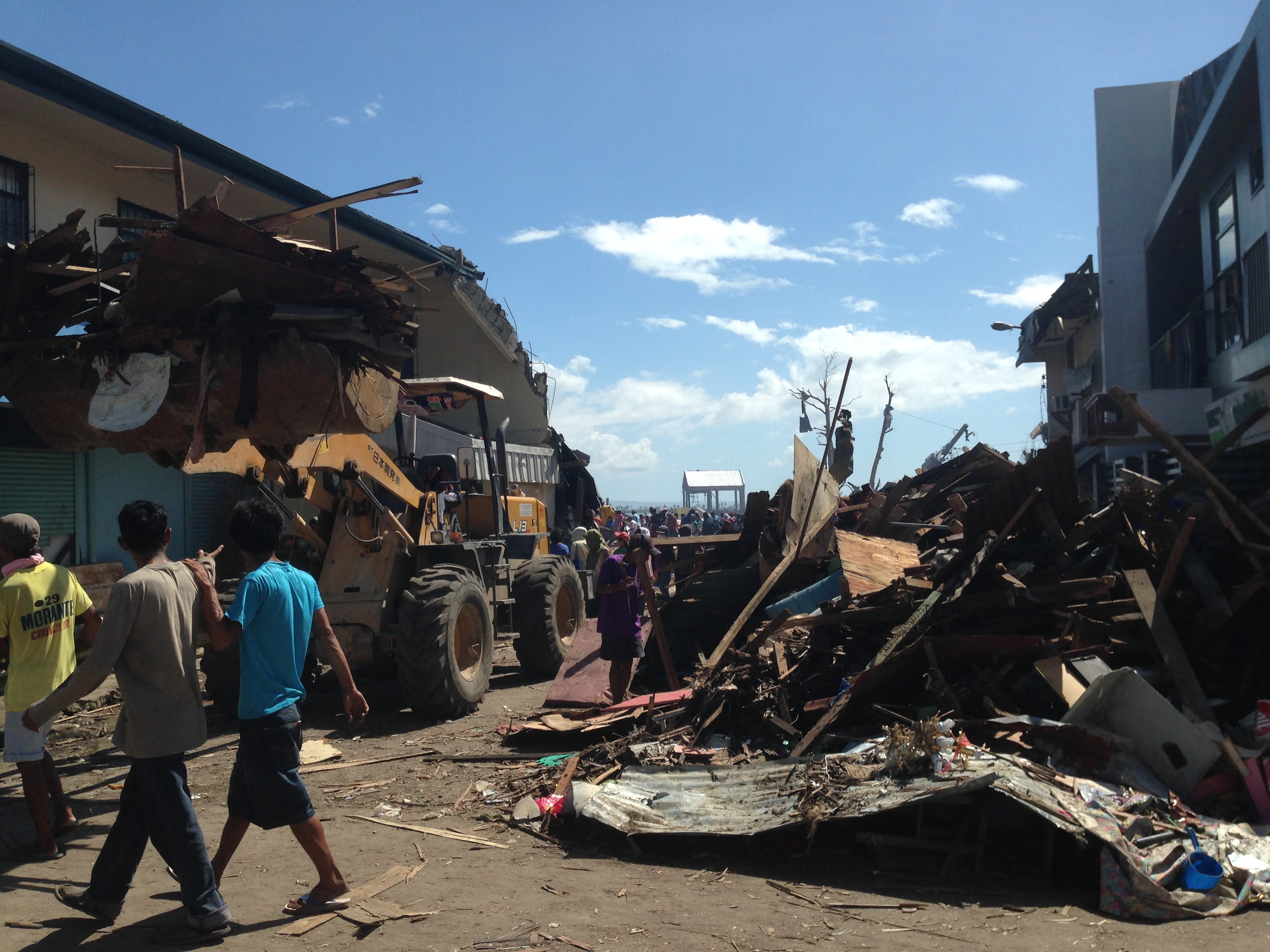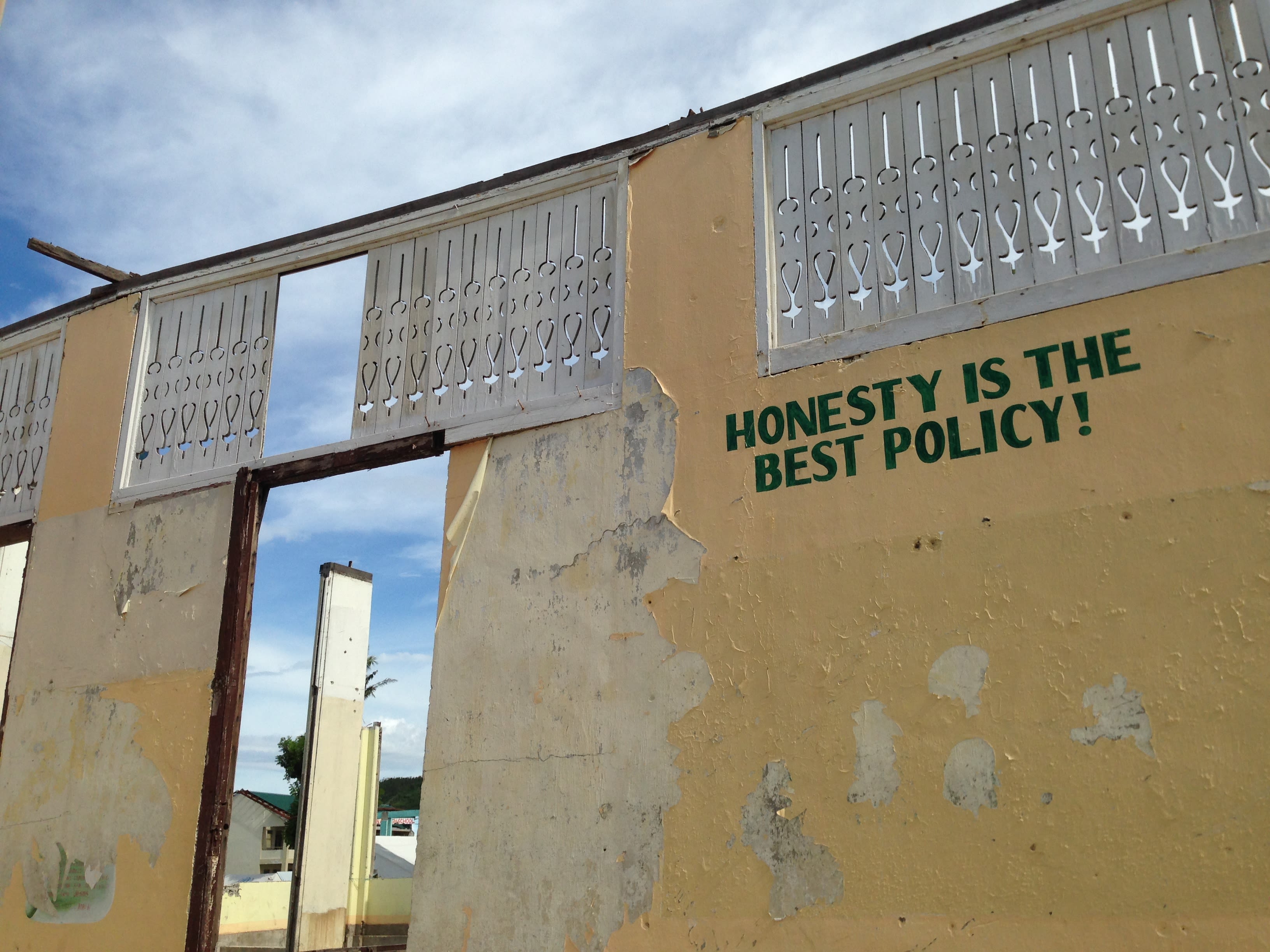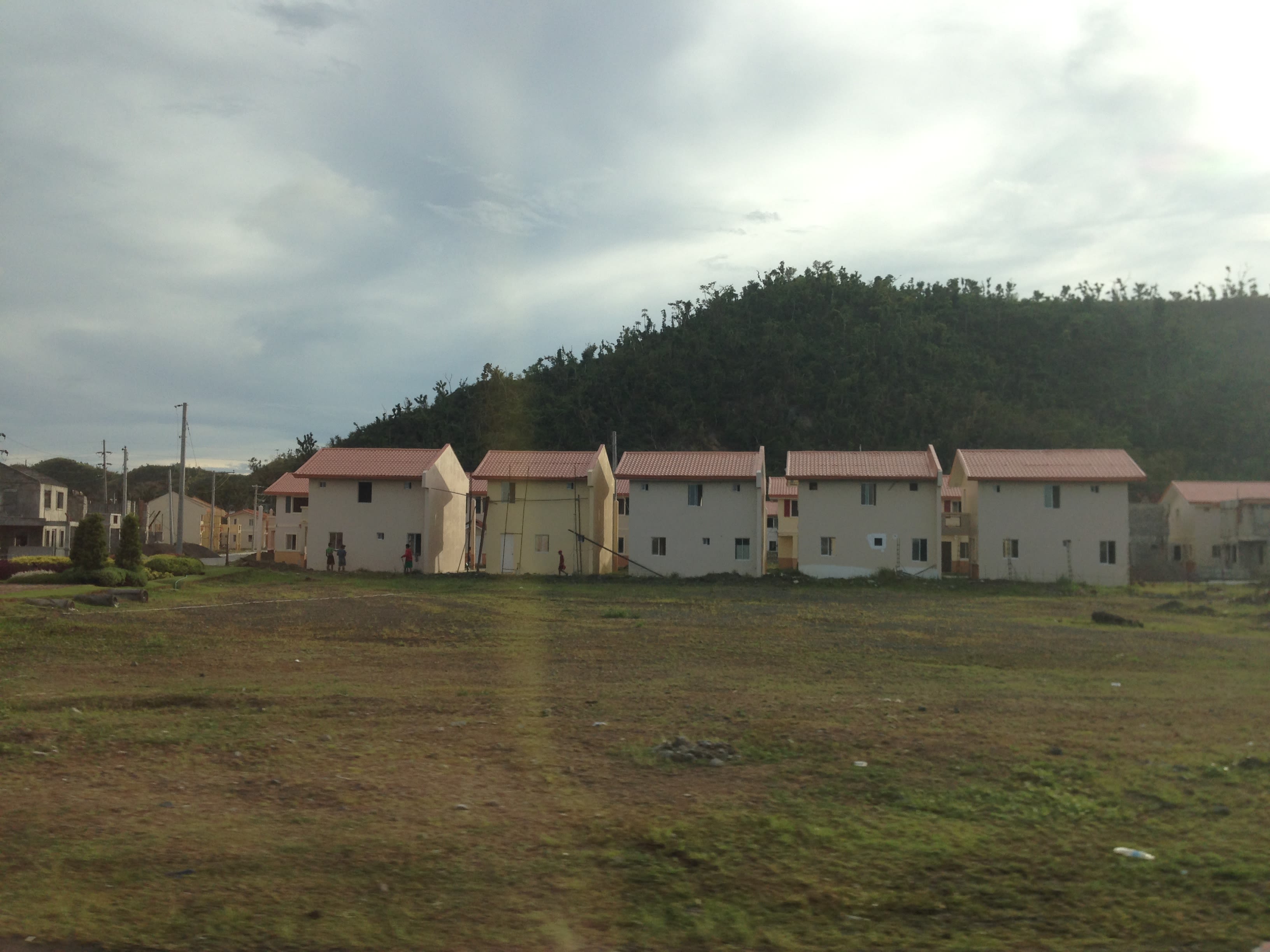Yolanda Retold
Scrollytelling a super typhoon's aftermath from the perspective of those displaced by it.
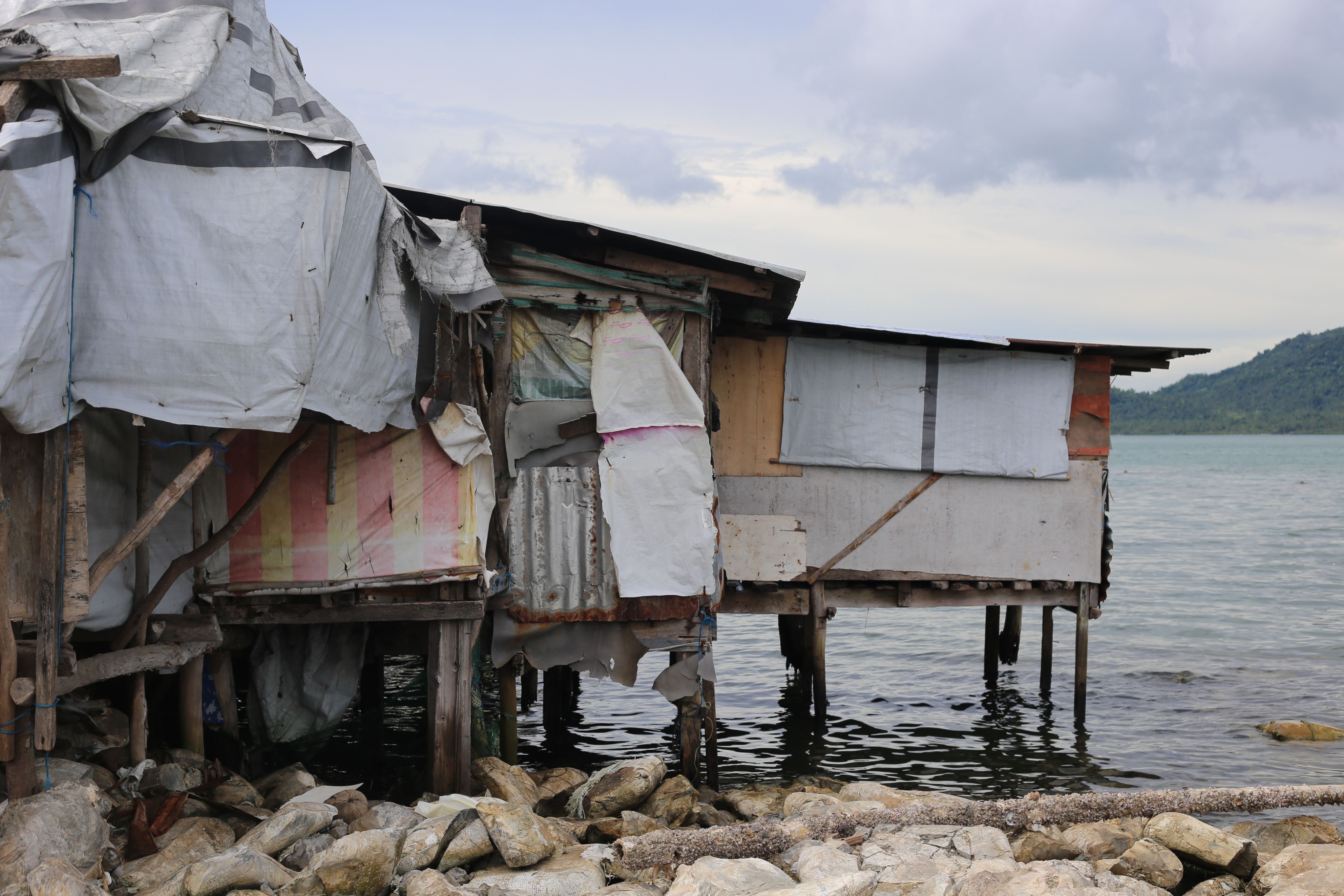
Postcards from Disasters (PFD) is a collaborative storytelling project among journalists, advocates and climate-displaced Filipinos.
How do we remind those in power that some Yolanda-displaced residents are still living in a danger zone where they were almost killed? This was the question that propelled our project to fruition. And so we have been working with some displaced residents to tell their story through compelling photos that come with a bite-size story—postcards from a disaster zone—that we eventually used in our policy reform initiatives.
From 2016 to 2019, PFD conducted capacity-building workshops with Yolanda-displaced residents in the village of 68 Anibong, Tacloban City, Philippines. PFD has educated them on disaster management, human rights and climate change, and has equipped tech-savvy young people in the community with practical skills in photography, videography and writing.
PFD has documented the community, highlighting (1) the vulnerability of climate-displaced persons to human rights abuses and further harm from extreme weather events and sea-level rise, and (2) the community's call to action to address corruption in disasters. We have staged exhibits of photos and virtual reality tours in the Philippines, China and Australia.
This interactive webpage features the multimedia stories collected by the project over a period of nearly seven years. To provide further context, we also included news and investigative reports, detailing updates and issues on the housing projects and funds for post-Yolanda initiatives through the years.
We present this documentation to provide policymakers and scholars pragmatic perspectives about, and evidence of, the compounding impact of prolonged displacement on climate-displaced persons' susceptibility to different forms of human rights abuses.
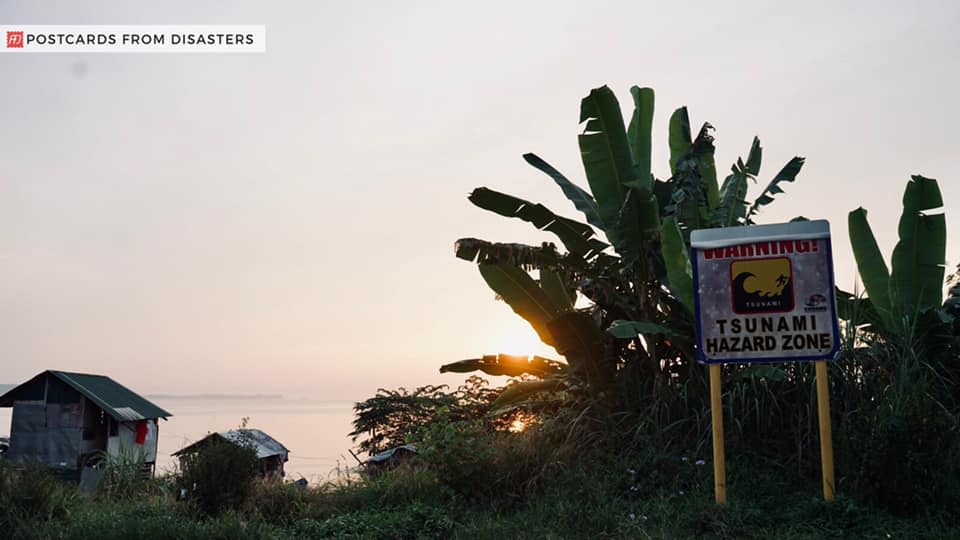
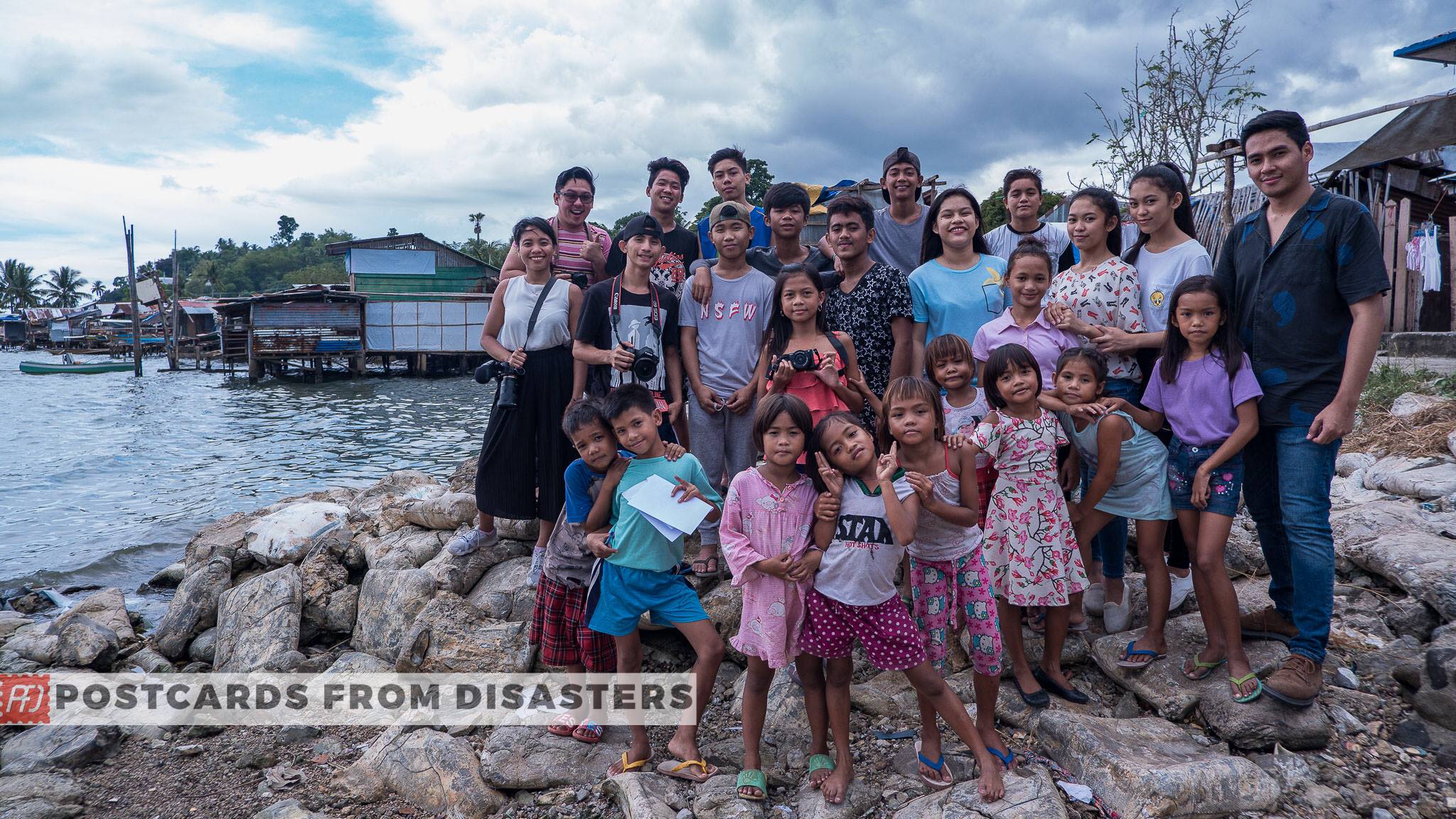
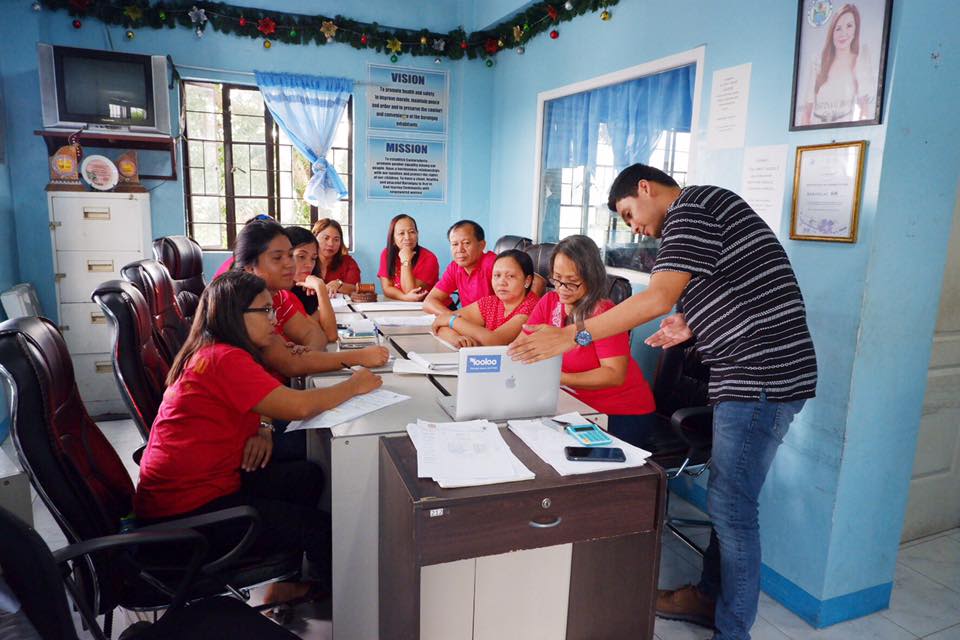
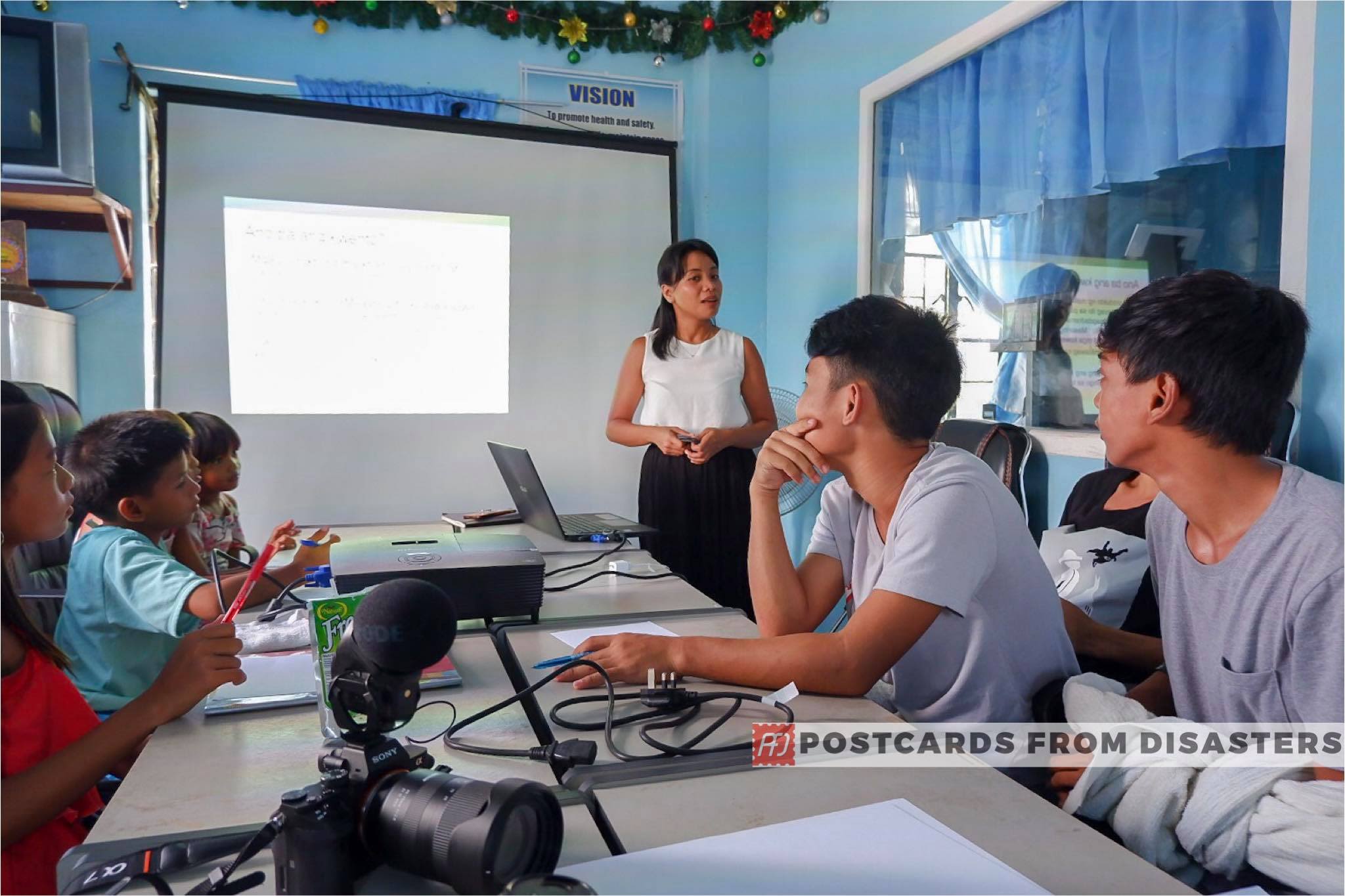
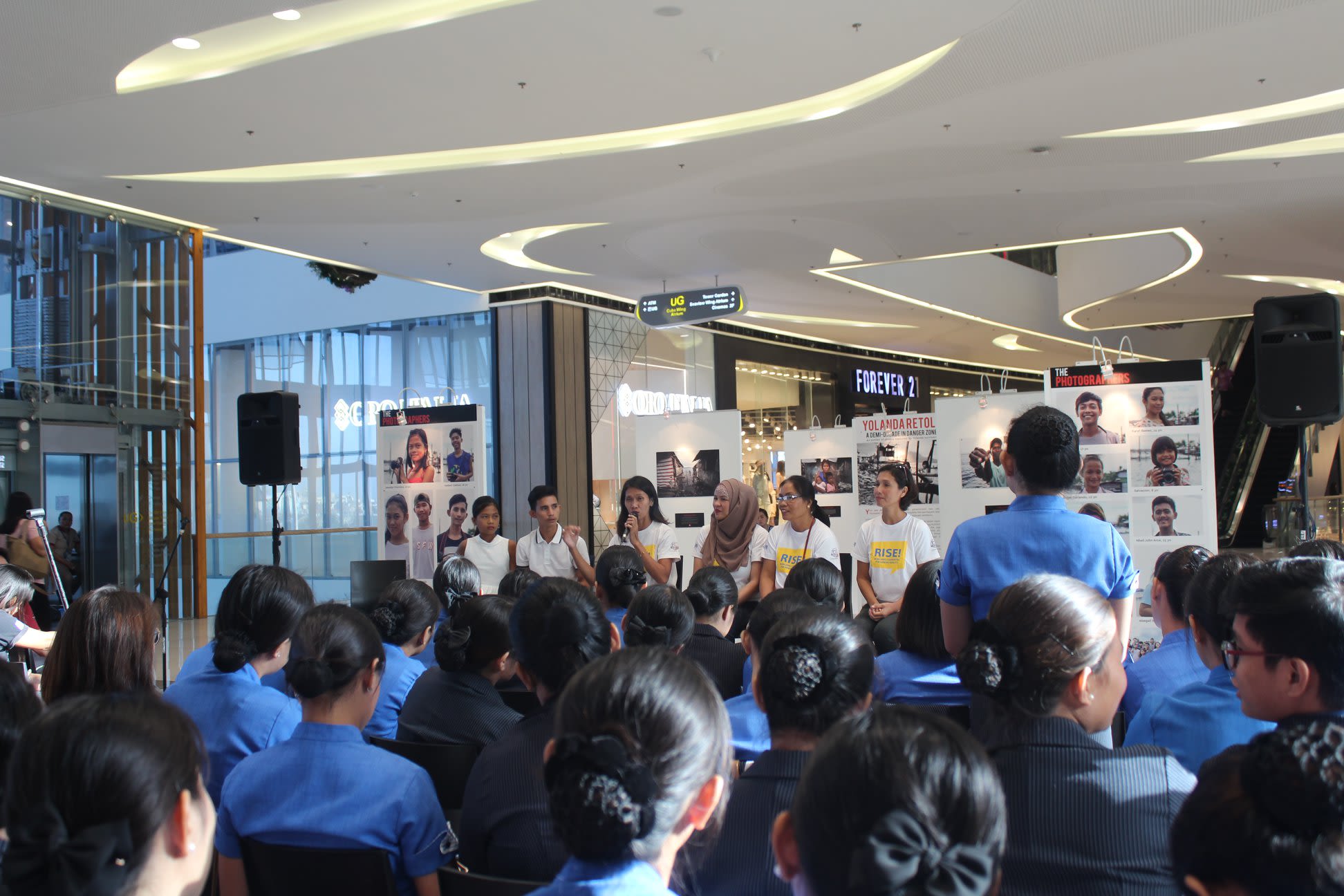


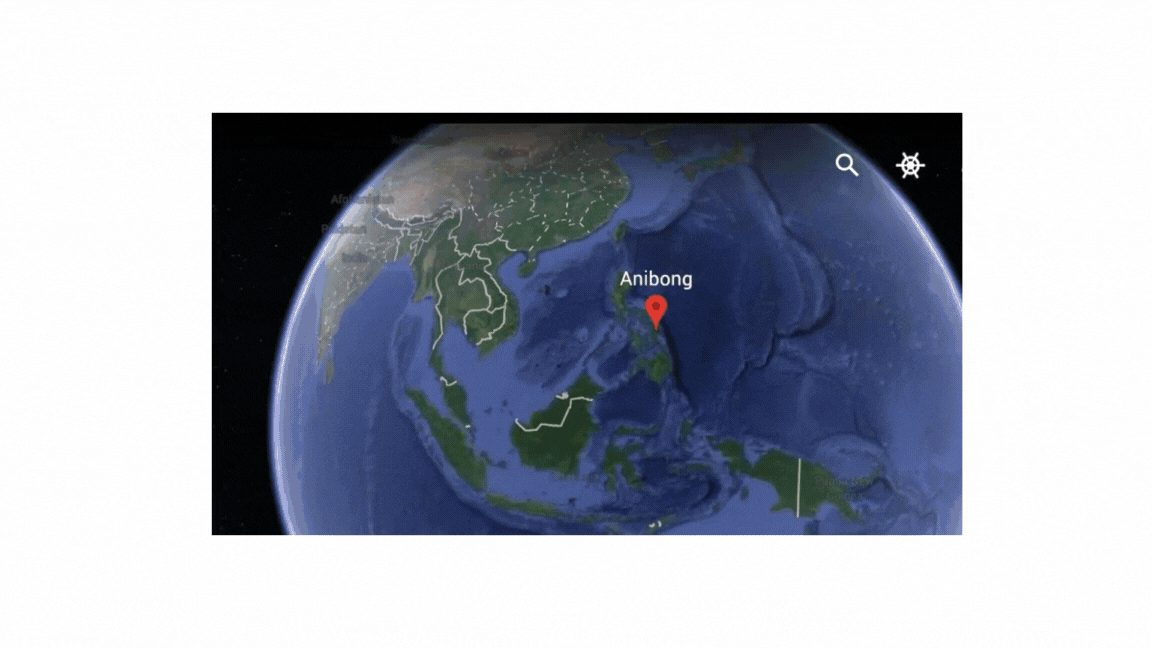
TIMELINE
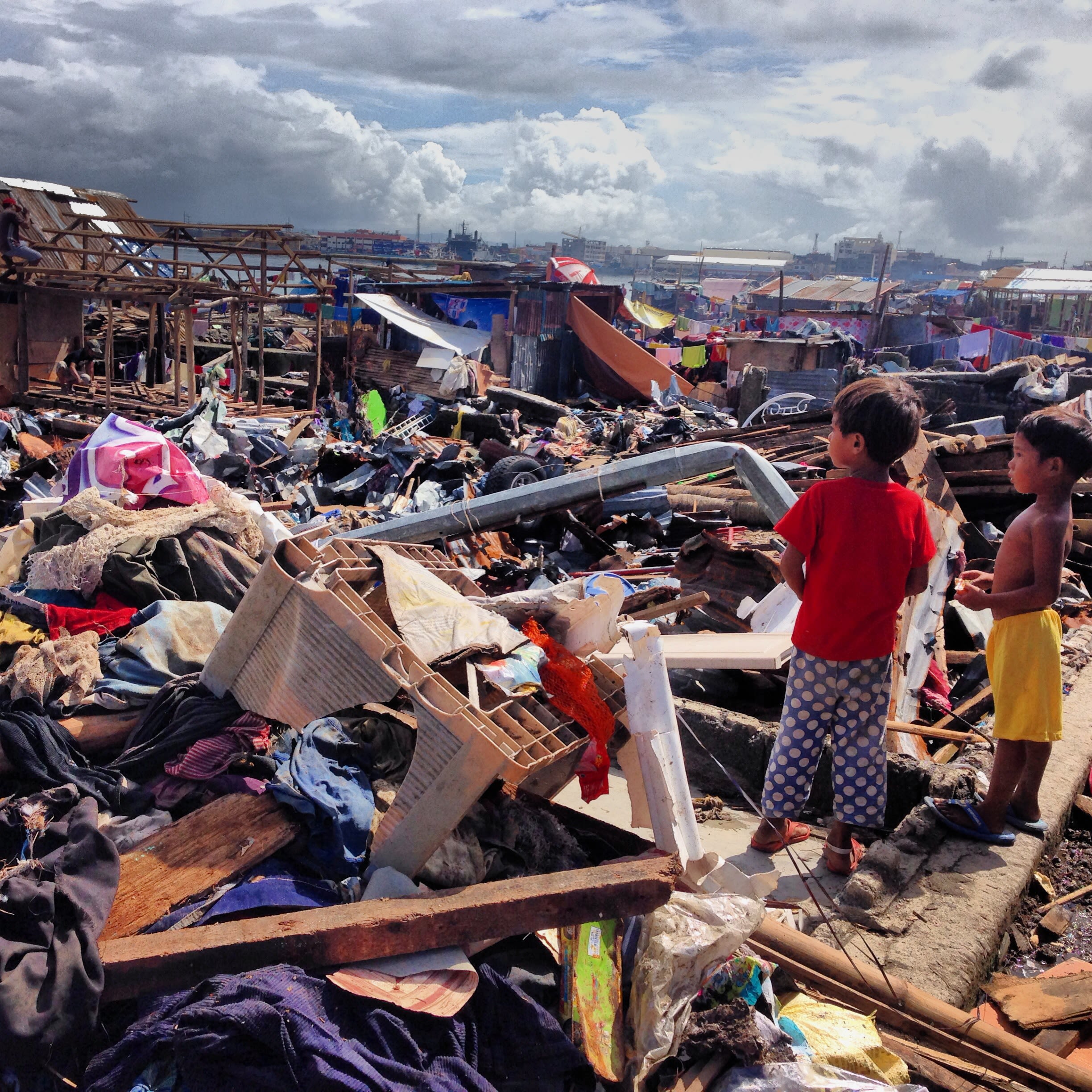
A harrowing image of Yolanda's aftermath in the village of 68 Anibong, Tacloban City. Photo by Tristan Nodalo, 2013
A harrowing image of Yolanda's aftermath in the village of 68 Anibong, Tacloban City. Photo by Tristan Nodalo, 2013
Before the project: 2013 to 2015
2013
Super Typhoon Yolanda, with international name Haiyan, made landfall in the Philippines on 8 November 2013.
Considered one of the world’s most powerful storms on record, Yolanda killed at least 6000 when it ravaged the Philippines. It brought seven-meter-high storm surges that wiped out houses in the village of 68 Anibong in Tacloban City. After the typhoon, displaced residents temporarily lived in a nearby school; some in tent settlements. Residents eventually started building back their homes from the debris of ruined shelters. Within six months, the community was again filled with houses made of wood scraps and recycled tents and tarpaulin.
The coastal village was declared a danger zone for storm surges and tsunamis. Relocation was urgent for the residents.
The village of 68 Anibong in Tacloban City is the focus of PFD's documentation.
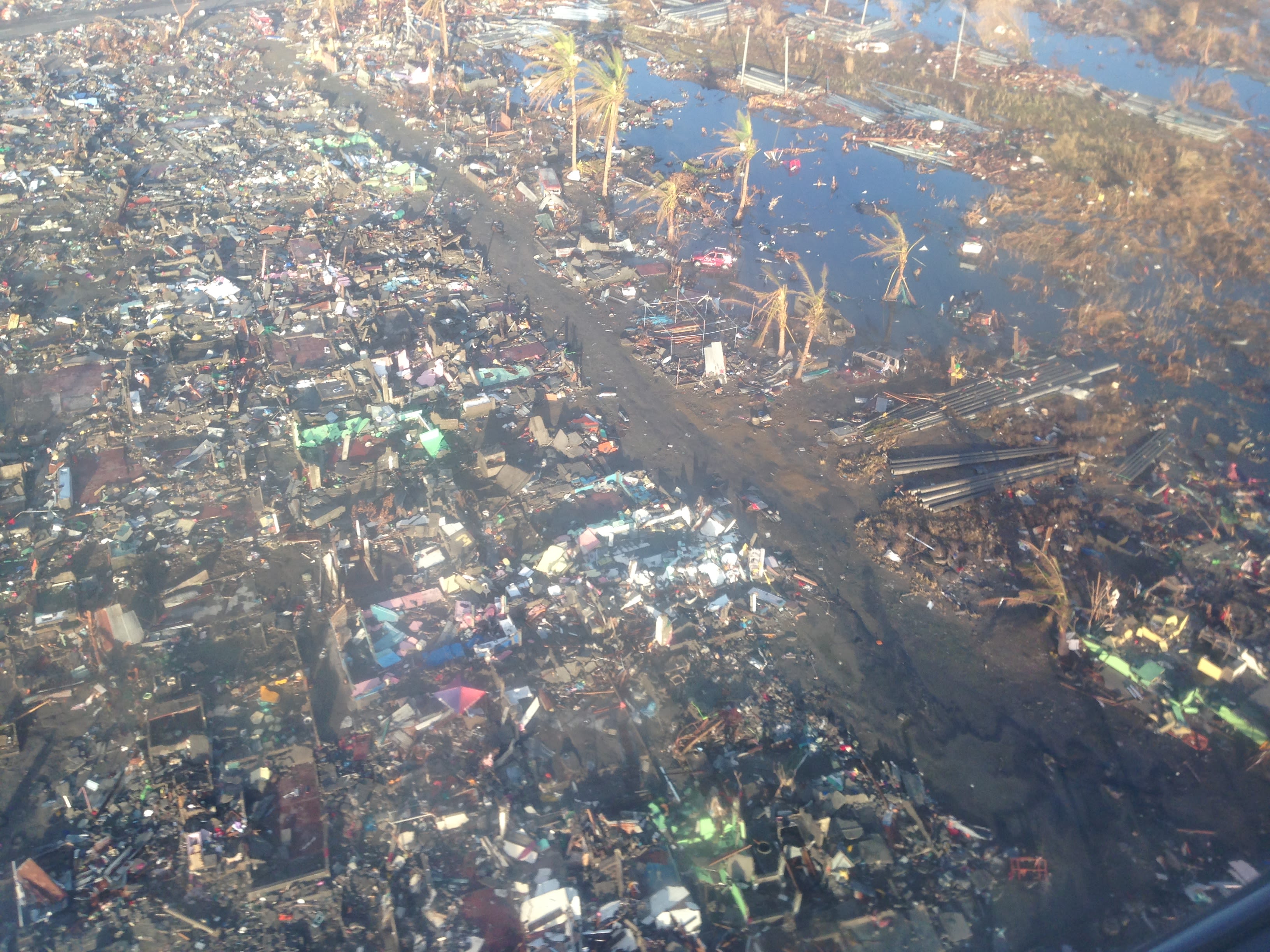
Yolanda's destruction - an aerial image shot a few days after the typhoon's landfall. By Makoi Popioco
Yolanda's destruction - an aerial image shot a few days after the typhoon's landfall. By Makoi Popioco
Donations and Appropriations for Yolanda
2014
A PhP167.9-billion funding requirement to rebuild the affected areas until 2016 was proposed by the Philippine government's Comprehensive Rehabilitation and Recovery Plan.
Donations for post-Yolanda recovery poured in from domestic and international individuals and organisations. The Philippine government also appropriated taxpayers' money to fund aid for typhoon-affected communities.
By October 2014, the Philippine government already raised PhP 29.84 billion from donations from foreign governments. The government said, “money is a not a problem.”
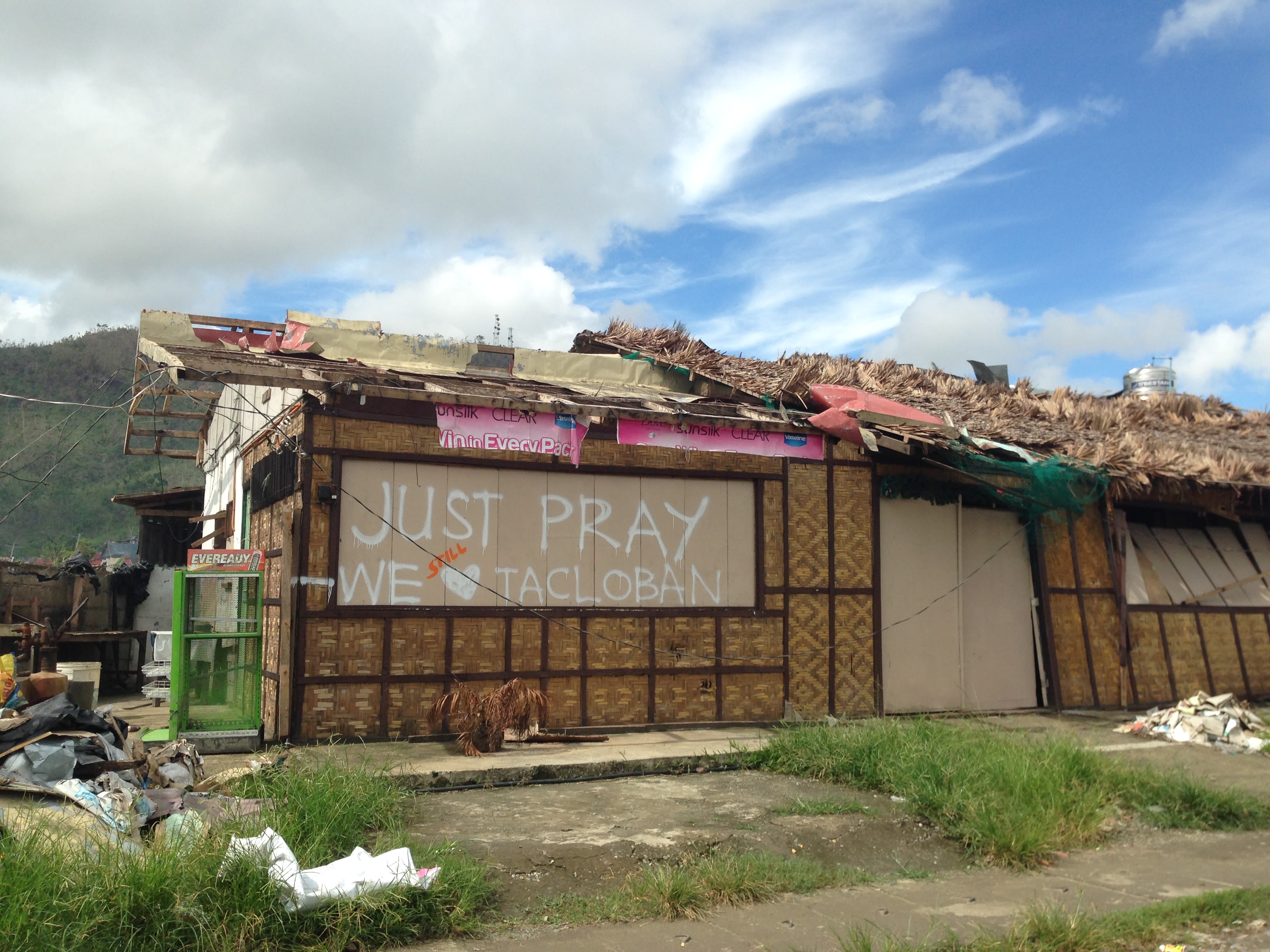
Remnants of Yolanda's wrath in Tacloban City. Image taken in December 2013, a month after the typhoon's landfall. By Makoi Popioco
Remnants of Yolanda's wrath in Tacloban City. Image taken in December 2013, a month after the typhoon's landfall. By Makoi Popioco
“A lot of money, impact too little too late”
2015
Despite the money pouring in, displaced persons continue to live in temporary shelters. Many schools remain unrepaired, and most people struggle to find steady sources of income.
The residents of 68 Anibong, who built their houses from rubble, remain in the danger zone.
A report by the Philippine Center for Investigative Journalism (PCIJ) in 2015 revealed that the mobilisation of Yolanda aid money was “grossly inefficient”.
The national and local governments struggled to coordinate efforts. The recovery response was heavily politicised, and became a breeding ground for corruption.
Several issues on aid-funded construction projects have started to surface. If not completely missing, some funds were awarded to bogus contractors. Other aid money were spent for projects that turned out substandard.
Following the money and housing projects
2015 to 2016
Yolanda: The disaster that lingers still
By PCIJ, 2015
“In large part, this is because mobilizing the aid funds has been grossly inefficient, if also severely impaired by the massive devastation, leaving efforts stuck at the recovery stage instead of progressing toward rehabilitation.”
Yolanda's Donors: Who, what, why, how much?
By PCIJ, 2015
Exactly three months after Yolanda struck central Philippines, the government launched a worldwide campaign to thank everyone who had rushed to the country’s aid in the supertyphoon’s aftermath.
A lot of money, impact too little too late
By PCIJ, 2015
“Yet even if the data are available, they are often confusing and contradictory.”
IN NUMBERS: 3 years after Super Typhoon Yolanda
By Rappler, 2016
Three years into recovery and rehabilitation efforts in affected areas, what has happened since? Let us look at the numbers.
YOLANDA STATUS REPORT: More work to be done, 3 years after
By Cebu Daily News, 2016
“Government agencies have completed 74 % of all Yolanda rehabilitation projects in Central Visayas after three years, but an official of the regional National Economic and Development Authority (NEDA-7) said a lot remains to be done.”
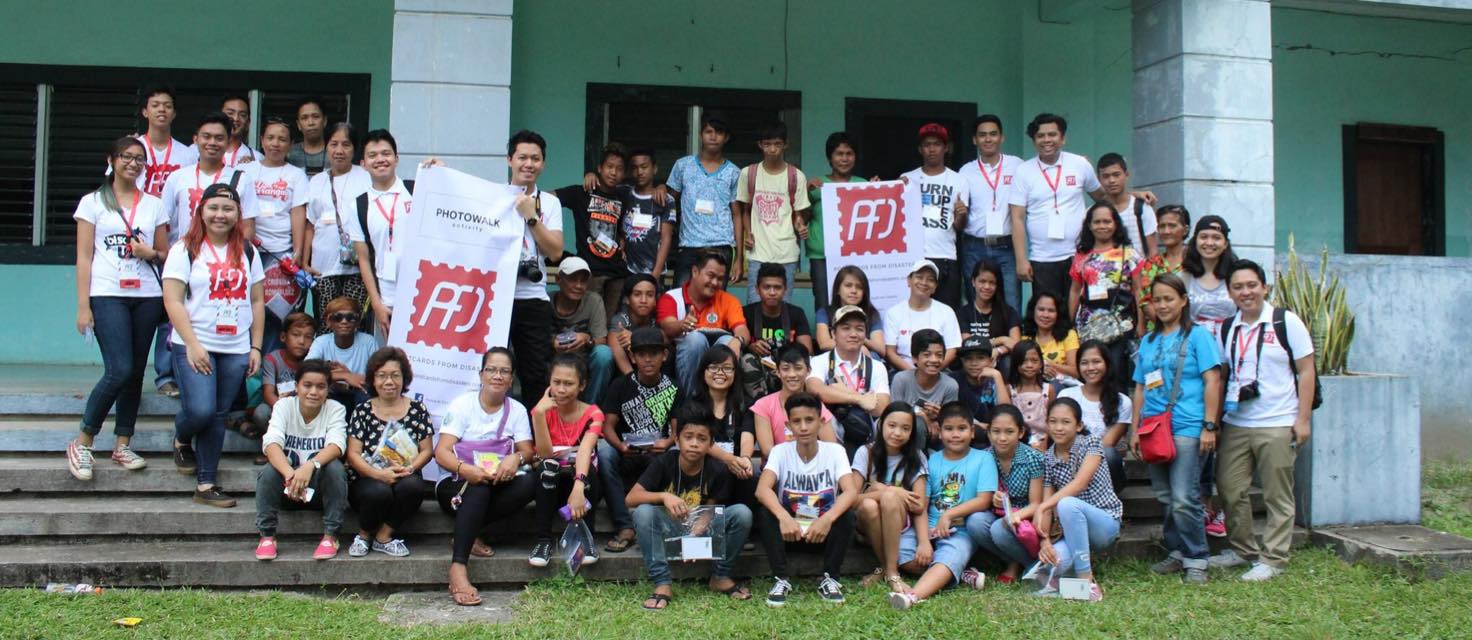
2016
PFD begins its work
PFD conducted its first workshop with the residents of 68 Anibong in March 2016. It was attended by 85 people aged 8 to 64 years old. Over half of the participants are women and young people.
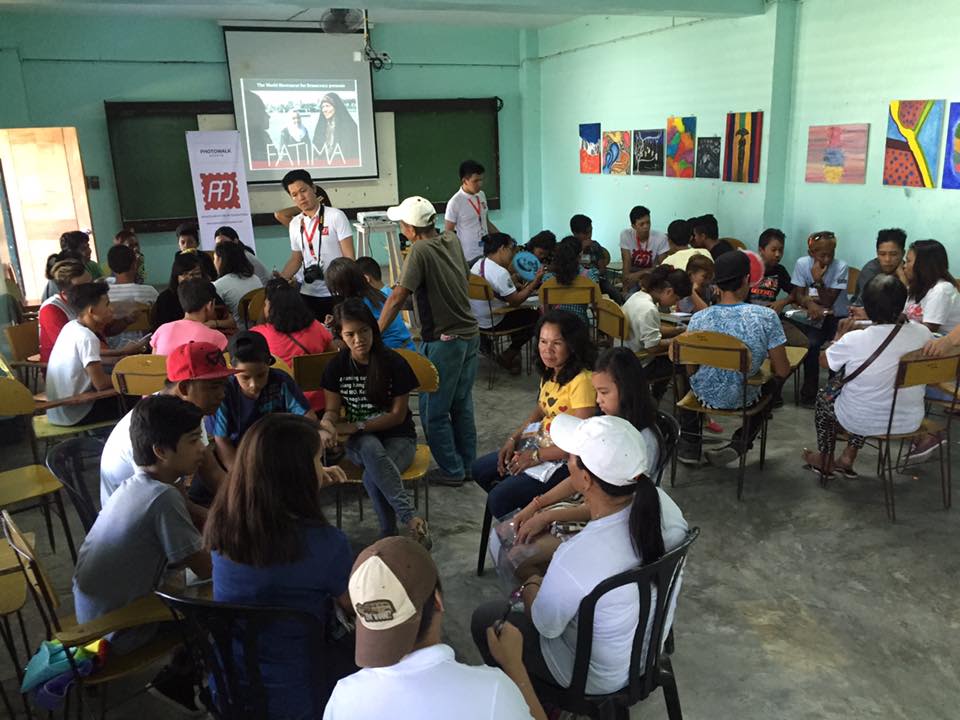
An important part of the workshop is a focus group discussion that served as an assessment for PFD to understand the needs of the community.
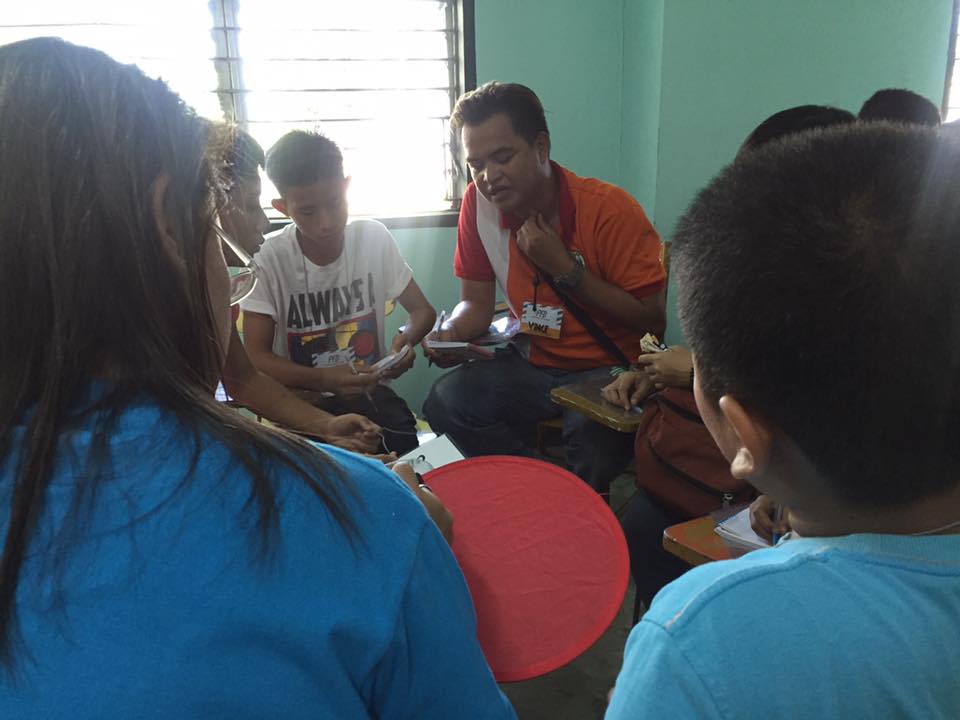
“If the city mayor gives us the housing unit, then we’d be grateful to him and would not hesitate to vote for his family to remain in office forever. If they choose to not give us the housing unit, we can’t do anything about it,” one participant said in the local language. It was a sentiment shared by many.
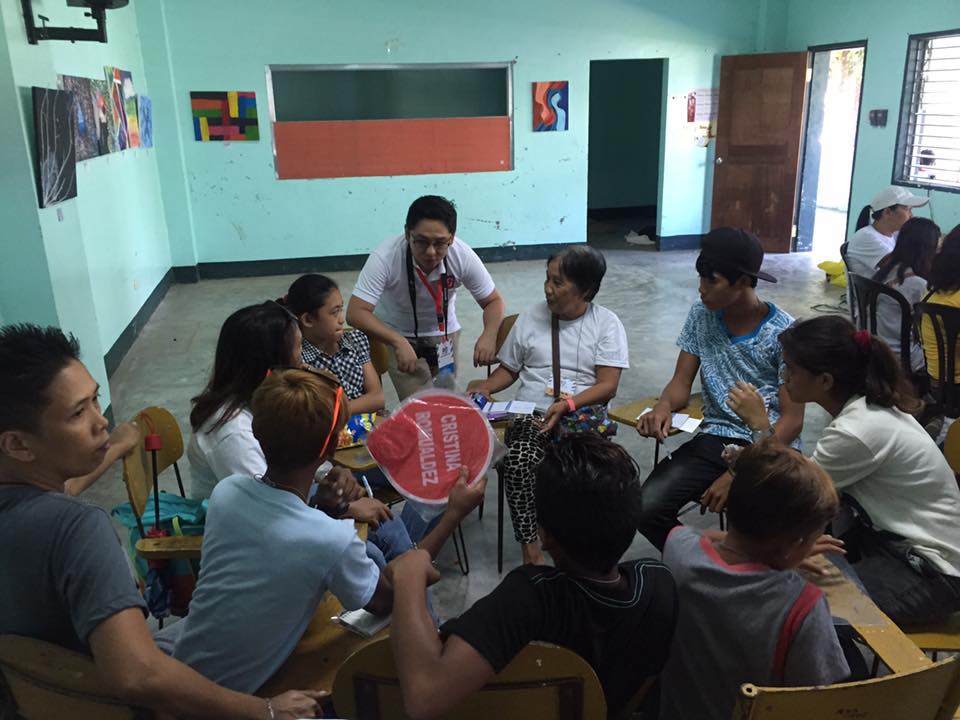
Hearing the residents’ lack of understanding of the Yolanda rehabilitation process and the funding sources has informed our succeeding workshops. We educated them on their entitlements under the law and the need for accountability in the management of disaster recovery funds. We eventually introduced human rights and climate change in our recurring workshops from 2016 to 2019.
PFD aimed to equip them with the skills to be able to press for government accountability over the pending housing projects.
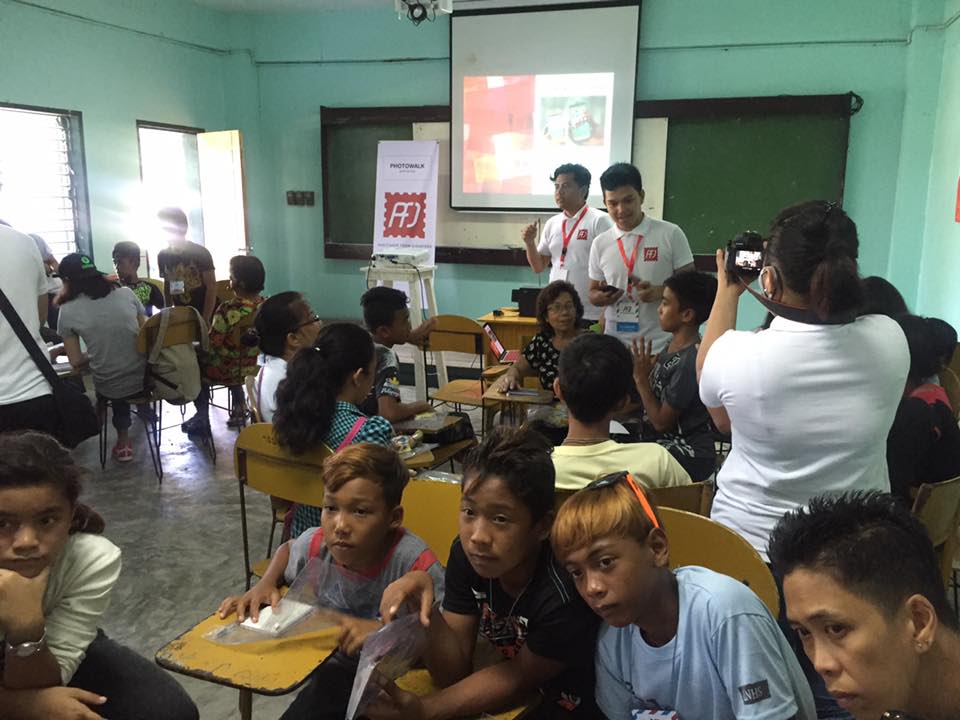
We note, however, that human rights was a touchy issue to tackle during this period that coincided with former President Rodrigo Duterte’s controversial war on drugs. Organisations like ours that receive international funding were especially vulnerable. Talking about human rights in the communities was fraught, particularly in the provinces of Leyte and Samar, which authorities also consider as hotbeds for the recruitment of the communist rebellion—another thorny domestic issue during Duterte’s time.
PFD had to carefully navigate the sensitivities of working within civic spaces for human rights along with the profile of its co-founders, who were working as full-time journalists and had to protect the integrity of their reporting away from potential perceptions of conflict of interest.
2016 Postcards
This compilation of photos were taken during our launching year. Our community photographers used a mix of smartphones and DSLR cameras to document stories in their community. The postcards were all shared on social media.
Scroll through the page to read the story of each photo.
Barangay Anibong of Today
Photo by John Rey Dela Rosa
This is Barangay 68 Anibong, a danger zone. People are not supposed to build houses here. But a sprawling community of 552 families are living along this coastal barangay.
"We have no choice. Hindi pa naman ready ang relocation sites ng government. Hindi pa tapos ang mga permanent housing projects," barangay captain Ma. Rosario Bactol said. (The relocation sites of the government are not yet ready. The permanent housing projects are not yet completed.)
'Buho'
Photo by Ed Calaycay
Out of the 552 families living in Barangay 68 Anibong, only 157 households have their own sanitary toilets.
Seventy percent of the entire population of Anibong have limited access to sanitary toilets and are forced to resort to defecation in open spaces or in makeshift stilt toilets called “buho” that dump human waste directly into the seashore.
Perilous Playground
Photo By Emily Fe Aguelo
Out of the 2,160 residents of Barangay Anibong, Tacloban City, 619 are children. Lele dela Pena (leftmost) is now four years old. Lele is the seventh of the eight children of Sarah Dela Pena, a resident of Barangay Anibong. "Kumusta po silang lumalaki dito?" Sarah replied, "Ayan ganyan ganyan lang sila, laro laro. Langoy-langoy sila diyan sa dagat. Masaya naman kami dito." ("How are they growing up here?" Sarah replied, "Like that, just playing around. Sometimes, swimming and playing by the sea. We are happy here.")
"Hindi po ba kayo natatakot para sa kanila, eh danger zone po ito?" Sarah jokingly replied, "Lilikas na lang kami kapag may bagyo na." ("Aren't you afraid for them, since you are living in a danger zone?" Sarah jokingly replied, " We'll just evacuate when a typhoon is coming.")
'I Chose To Return'
Photo by Marianne Joy M. Nicer
Victoria Cahimat, 72, was among the thousands of Yolanda survivors who fled Tacloban City after the storm. She was rescued and brought to Manila by her daughter five days after the landfall.
But barely a year after staying with her daughter, Victoria chose to return to Tacloban City. Watching the news about the rehabilitation projects for Yolanda survivors, she was at first hopeful.
“Doon, nakadepende ako sa anak ko na may sakit din. Bumalik na lang kami dito para makahanap na ng pangkabuhayan. Sariling sikap na lang.” (I still depend on my daughter who also battles a sickness. I returned here, then built this shanty so we could move on to earning a living. We have to do it ourselves.)
Still in a Danger Zone
Photo by John Rey Dela Rosa
552 families are living in shanties, some in stilts, along the coastal barangay of 68 Anibong, a danger zone for tsunamis and storm surges.
"Yung pinanggawa ko ng bahay ko, pinulot ko po yang mga kahoy na yan galing sa tambak ng mga sirang bahay dito pagkatapos ng Yolanda," Sarah Dela Peña, one of the residents, told us. (All materials I used to build back my house were from the scraps of ruined houses after Yolanda.)
Communal Toilets
Photo by Julie Nealega
This is one of the two shared community toilets in Barangay Anibong.
Only 157 out of the 552 households have their own sanitary toilets.
The rest of the 395 families are sharing the two community toilets. Other households, especially those living along the coast, are resorting to makeshift stilt toilets called “buho” that dump human waste directly into the seashore.
Welcome back students!
Story by Vera Zennia Mojado
Photo by Brian Kevin Felix
According to the Education department, more than 17,000 classrooms in Leyte and Samar were destroyed by Super Typhoon Yolanda in 2013.
As of November 2015, 5,457 classroom were renovated and an additional 1,026 new classrooms were constructed. This is about 38 % only of the total number of classrooms needed in the provinces.
In Barangay Anibong, 1,539 elementary and high school students share 44 classrooms in shifting classes. Elementary students study in the morning, while high school students have classes in the evening.
Some of the classrooms in Anibong Elementary School have not been completely renovated yet. The temporary classroom shown in this photo is no longer usable after two years of service.
2017 Postcards
PFD launched its exhibit tours this year. 2017 also marks the formation of a group of young people who have regularly partaken in our succeeding annual photowalks.
These images were exhibited for nearly a month from 8 November to 4 December, 2017 at TriNoma Mall, one of the biggest shopping malls in Metro Manila. Our special guest during the inaugural launch was the late Human Rights Commissioner Chito Gascon.
Waiting on a promise
By John Rey Dela Rosa
Ronny Froilan and his family have been waiting for a housing unit. Desperate to protect his family from another storm, Ronny took a high-interest loan to build a concrete house. “Pito ang anak ko. Tapos, ano? 'Pag bagyo na naman, [hayaan ko lang na] patay na kami?" (I have seven children. When a storm hits, then what? Do I just let my family get killed?)
Children of the storm
By Jacqueline Francisco
“I took this picture of my younger sister Lele and our other siblings. She was a little over two years old when Haiyan hit our village,” shares 13-year-old Jacqueline Francisco. “Last year lang, umalis si Mama sa bahay na hindi nagpapa-alam. Hindi namin alam kung nasaan na siya (Just last year, our mother left us without saying a word. We don’t know where she is),” she says, adding she and her siblings look after each other when their father goes to work.
'God Bless Our Home'
By Arnel Pablo
"Isang malaking barko ang umararo sa mga bahay dito noong Yolanda. Marami sa mga kapitbahay ko dito napatay. Pamilya ko lang po ang nakaligtas (A huge ship crashed into the houses in my village. Many of our neighbours got killed. Only my family survived),” recounts Marives Villarminta. She believes the inscription on their door protected and saved them during the disaster.
Nostalgia
By Marco dela Rosa
"I was born and raised here in Anibong. I initially did not want to leave. I have a lot of memories here. However, now that I am convinced to leave for my safety, we are still unable to transfer because the relocation sites are not even ready."
Rising from the Rubble
By John Rey Dela Rosa
Survivors rebuilt their houses from piles of rubble. About 540 families ended up living in shanties, some on stilts in the village of 68 Anibong, Tacloban City. “’Yung mga kapitbabahay po namin pinulot po nila yang mga kahoy galing sa tambak ng mga sirang bahay dito pagkatapos ng Yolanda (Our neighbors gathered scraps from ruined houses after Yolanda)," 17-year-old John Rey Dela Rosa says. The photographer took a similar photo of the houses from a year ago.
A Spoonful of Food
By Jacqueline Francisco
After the typhoon, children became severely underweight. Three-year-old John David Garido was one of them. Weighing only 12 kilograms, John is one of the 11 children, aged 0 to 6, identified as underweight.
The Expectant Mother
By Kaira Nicollete Ibañez
Twenty-eight-year old Jimalyn Tilingban was pregnant with her sixth child. She's expecting to give birth within the month. Tilingban shares her pregnancy has been high-risk. She said she does not regularly see a doctor. "I am anemic and I lost a lot of weight already." Tilingban was anxious about her baby. She said she is eager to move to the housing project when it's done.
Following the money and housing projects
2017 to 2018
Lawmakers find Yolanda housing projects substandard
By ABSCBN, 2017
"National Housing Authority figures...reveal that the government should have built a total of 205,128 housing units since 2013 but 4 years later, only 23, 414 units are occupied. A total of 73,286 units meanwhile are still under construction."
COA flags P1.5-B irregularities in Yolanda housing project
By Rappler, 2018
State auditors question the lack of manpower, splitting of contracts, and extension of contacts which lead to the delayed completion of projects under the Yolanda Permanent Housing Program.
46 ‘Yolanda’ projects defective, says NHA
By Philippine Daily Inquirer, 2018
At least 46 unfinished housing projects for survivors of Supertyphoon “Yolanda” are facing cancellation due to various defects, the National Housing Authority (NHA) said on Wednesday.
Limited land, permits hamper ‘Yolanda’ housing completion – Palace
By Panay News, 2018
Various constraints hamper the completion of the housing projects for victims of super typhoon Yolanda, Malacañang said on Thursday.
2018 Postcards
These images were captured using DSLR cameras - a milestone for the project and proof of the significant skills improvement among our community photojournalists.
This year marks the fifth anniversary of Yolanda's landfall.
A month-long photo exhibit was launched on 8 November 2018 at SM Seaside City Mall in Cebu City, Philippines. We flew in two of the project's most promising young photojournalists, John Rey and Jacqueline, to partake in a panel discussion during the launch program.
Two months prior to the main exhibition, we also staged a fundraising exhibit of 2017 postcards in Beijing, China.
Dreaming of a New Home
By Marco Dela Rosa
Siblings Danica Anne and Jeffrey Malinao eat their lunch on a newly constructed makeshift extension of their house. Their mom explains their family is growing and the space of the old house could no longer accommodate all of them. Both Danica and Jeffrey hope they could transfer to the relocation site soon.
Life along the coast
By Philip Junilo Cabalo
In 2017, 119 families have moved to the relocation sites. Today 475 families remain in the community which was declared a danger zone for storm surges and tsunamis.
"Nakalipat na 'yan sila. Pero dito lang sila ngayon kasi malapit dito trabaho ng papa nila (Their family has moved to the relocation site. They are here because their father works nearby),” Philip, the photographer, talked about the kids in the photo.
Brgy. 68 chairperson Arlene Ibañez explains the residents living in houses along the coast are the priority. "Karamihan naman sa kanila d'yan sa gilid ng dagat nailipat na po (Most of the residents living along the coast have been relocated)," the village chairperson added.
I'd Rather Stay
By Jacqueline Francisco and Ma. Salvacion Francisco
68-year old Romeo Vibero is recovering from stroke. He is among the residents who still live in Brgy. 68. "Pag-punta mo roon, sobrang init (It's so warm there)," Romeo was talking about the relocation sites.
"Dalawa na sa kumpare ko ang na-stroke doon dahil sa init. Dito na lang ako siguro. Ayoko doon, baka magkasakit ako (Two of my friends there suffered from stroke due to the heat. I'd rather stay here. I might get sick there)." Like him, many residents complain about the permanent shelters, which mostly lack electricity and water connection.
Born after Yolanda
By Joebert Calinao
36-year old Sarah dela Peña gave birth to one-month old Shanalyn in their village. The baby is her second child born after Yolanda.
Sarah was pregnant with Danica (in pink) when the super typhoon hit Tacloban City. Danica was born four months after Yolanda. "Nasa evacuation center kami nang sumakit ang tiyan ko, pero dinala nila ako sa ospital kaya doon ko siya ipinanganak (We were in the evacuation center when I laboured. They rushed me to the hospital where I gave birth)," Sarah said.
They spent a few months in the evacuation center until they were able to build a house made from the debris.
Today’s Catch
By Ernilyn Francisco,
Roberto Villanueva has just returned home. He sailed out to fish a few hundred meters away from his house along the coast.
“Ito naman ang maganda dito sa amin na malapit sa dagat, kung walang ulam, and’yan lang, pwede na mangisda (This is what’s good about living near the sea, if you don’t have food, you can always fish),” Roberto said.
'Poverty is the cancer'
By John Rey Dela Rosa
67-year old Eufemia Eguia has breast cancer. "Emotional siya na nagkwento sa amin (She was emotional when she talked to us)," John Rey Dela Rosa, who took this photo, shared.
When Eufemia was diagnosed two years ago, she needed to purchase over Php 10,000 worth of medicines. However, she was able to buy only half of the needed medicines. She has not taken any medication since then. "Ipapa-opera daw sana niya. Kaya lang natatakot siya baka hindi maging successful, (She wants to undergo surgery, but says she's afraid it might not be successful)," John Rey added.
"Isa pa, wala rin silang pera. Kaya titiisin na lang daw niya. (Besides, they don't have the money to pay. So she says, she will have to endure [the occasional pain])."
My Playmate
By Jhanalyn dela Rosa
"Ayan, kalaro ko 'yan na si Kim Froilan. Ano po, nangingisda 'yan siya ng pang-ulam nila mamaya sa hapunan (That's my playmate Kim Froilan. He's catching fish so that they have food for dinner)," eight-year old Jhanalyn, who took this photo, explained.
Eight-year old Kim has caught six small fish when we took this photo.
The Photographers
Most are teenagers and some are kids as young as six-years old when they started with PFD.
2017
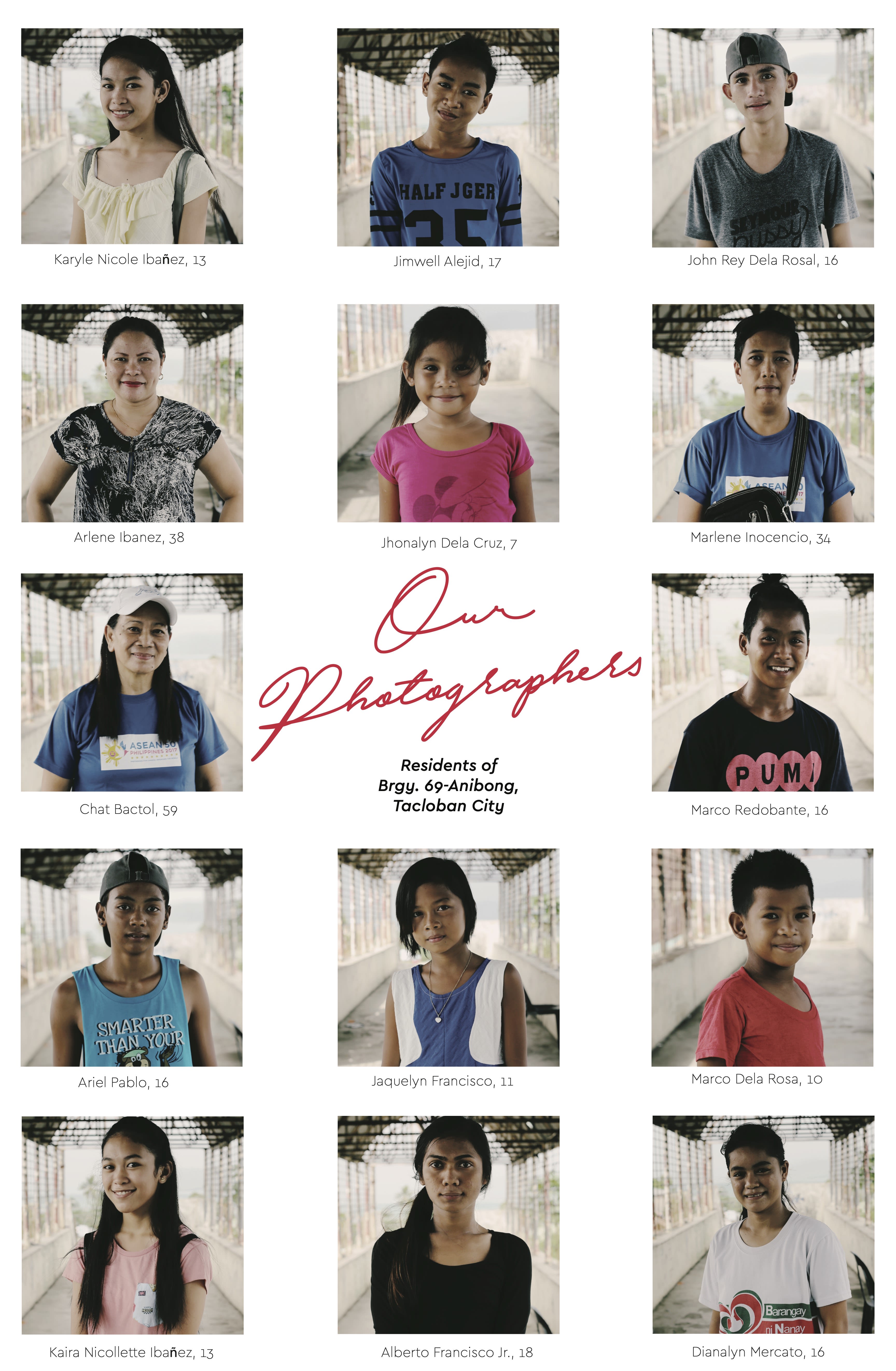
2018

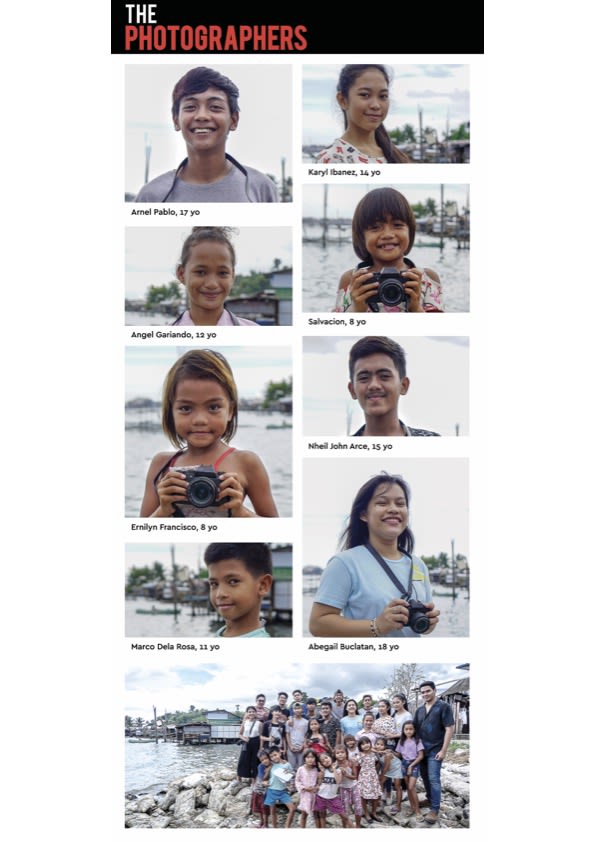
2018
Documentary Series: 'A demi-decade in a danger zone'
To commemorate the 5th anniversary of Yolanda's landfall, PFD also produced a four-part documentary that premiered in December 2018 on our Facebook and YouTube channel.
Episode 1: Anibong
How is it like to live in a hazard zone for tsunamis and storm surges? During Yolanda's onslaught, a massive storm surge swept ashore at least 8 ships, which wiped out houses in Anibong district in Tacloban City.
The coastal villages were then declared a hazard zone for tsunamis and storm surges. However, thousands of residents continue to live there half a decade after the superstorm.
What choice do they have when government shelters in relocation sites remain unfinished?
Episode 2: Ronnie's Fortress
This is the kind of life Yolanda survivors live in a danger zone for storm surges and tsunamis.
Some residents, who have been waiting for government shelters, decided to fortify their makeshift houses to be safe should another super typhoon come.
Episode 3: Life in Relocation Sites
In the past five years, over a hundred of the nearly 600 families from Brgy. 68-Anibong have moved into government shelters.
However, life in the relocation sites has not been entirely pleasant.
Episode 4: Of Dreams and Photos
Two of the community photojournalists that we have trained joined us during the exhibit launch in Cebu this year.
It was 8-year old Jaqueline Francisco and 18-year old John Rey Dela Rosa's first travel outside of their city and island, the first plane ride, and their first time to witness their photos exhibited in a massive mall.
Their presence during the launch was as much of a milestone for us too! Seeing them tell their story in a public event, and in front of the press, we saw their abilities significantly improve. From shy kids into outspoken activists who are now leading the cause to demand for the faster construction of the shelters in safe zones. This is their story.
2019
This is an interactive virtual reality tour into the village of 68 Anibong.
PFD immerses you into the life of climate-displaced residents. This forms part of our participation in this year's global #ClimateStrike.
Experience it via 360-degree view on a desktop computer or using a VR headset and your smartphone.
Co-produced with Australian tech companies VRTY and Amicus Koi Solutions, this VR tour was exhibited in the Philippines (Glorietta 5 Mall and De La Salle University) and in Canberra, Australia.
All Rights Reserved 2019.
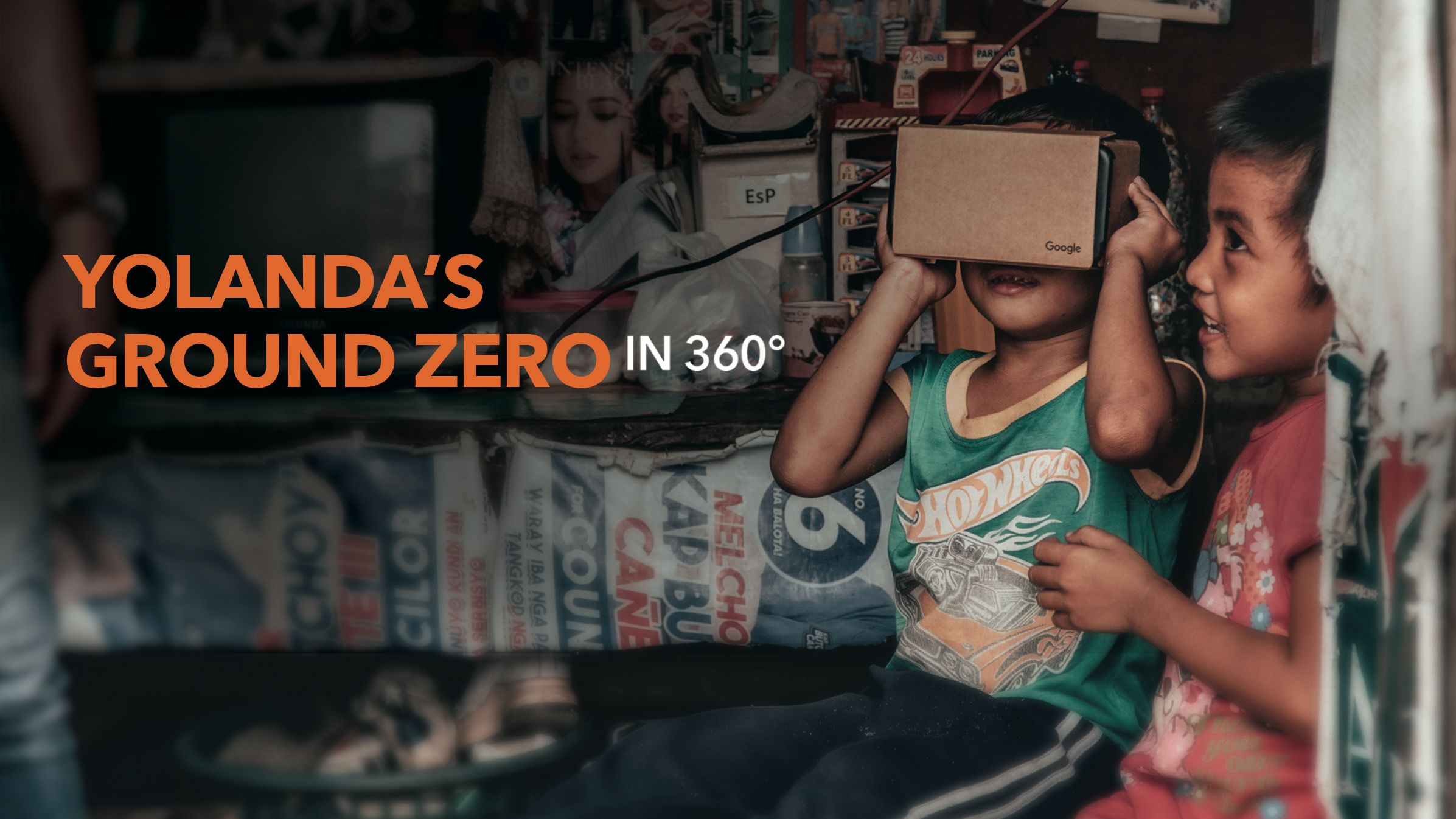
2020
Before welcoming a new year, the village of 68-Anibong was battered by a typhoon. These photos show the aftermath of the storm. Images by our community photojournalist John Rey Dela Rosa.
A few months later, as the residents struggle to get back up their feet, the COVID-19 pandemic began.
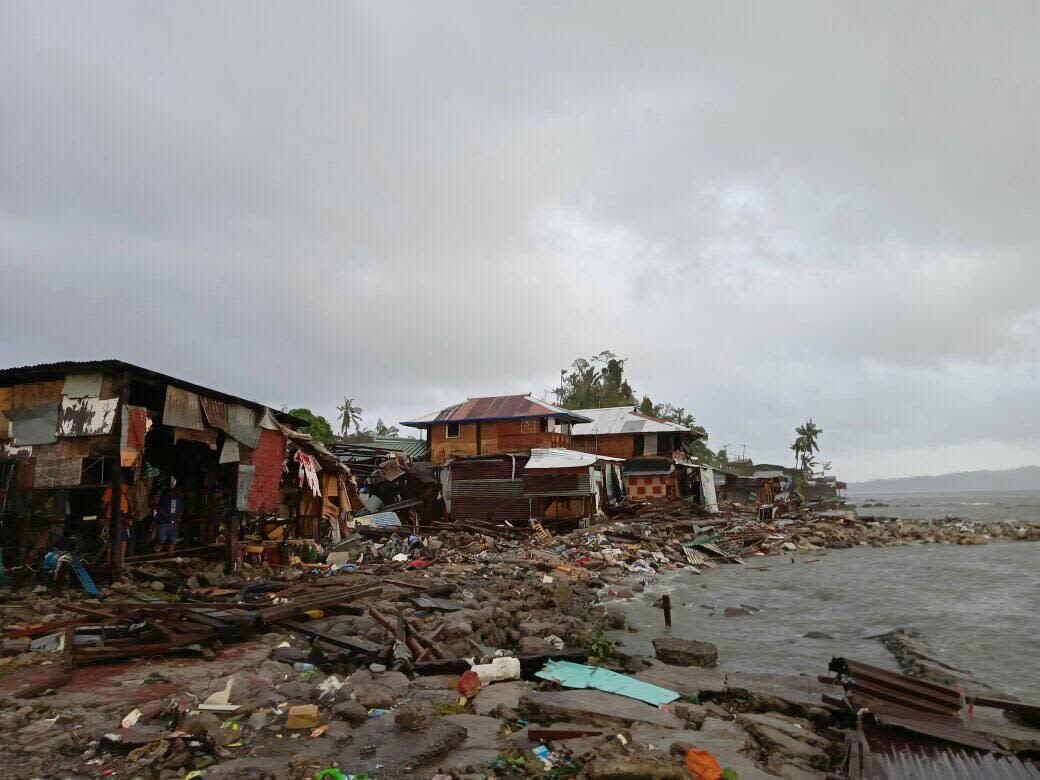
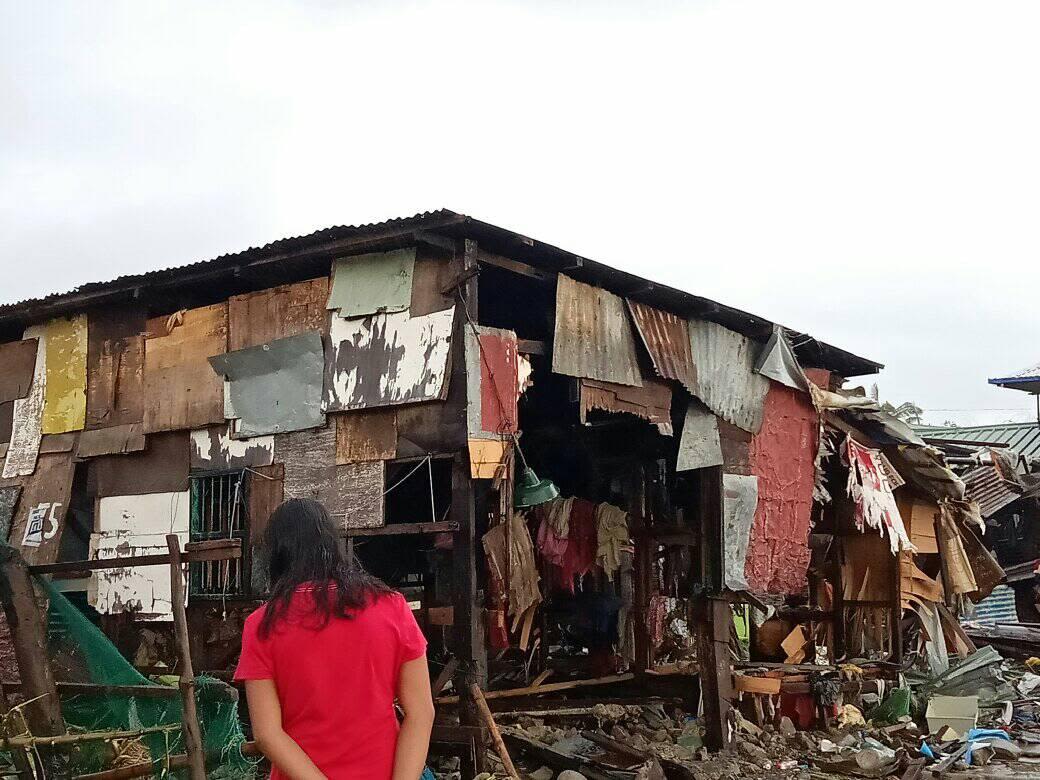
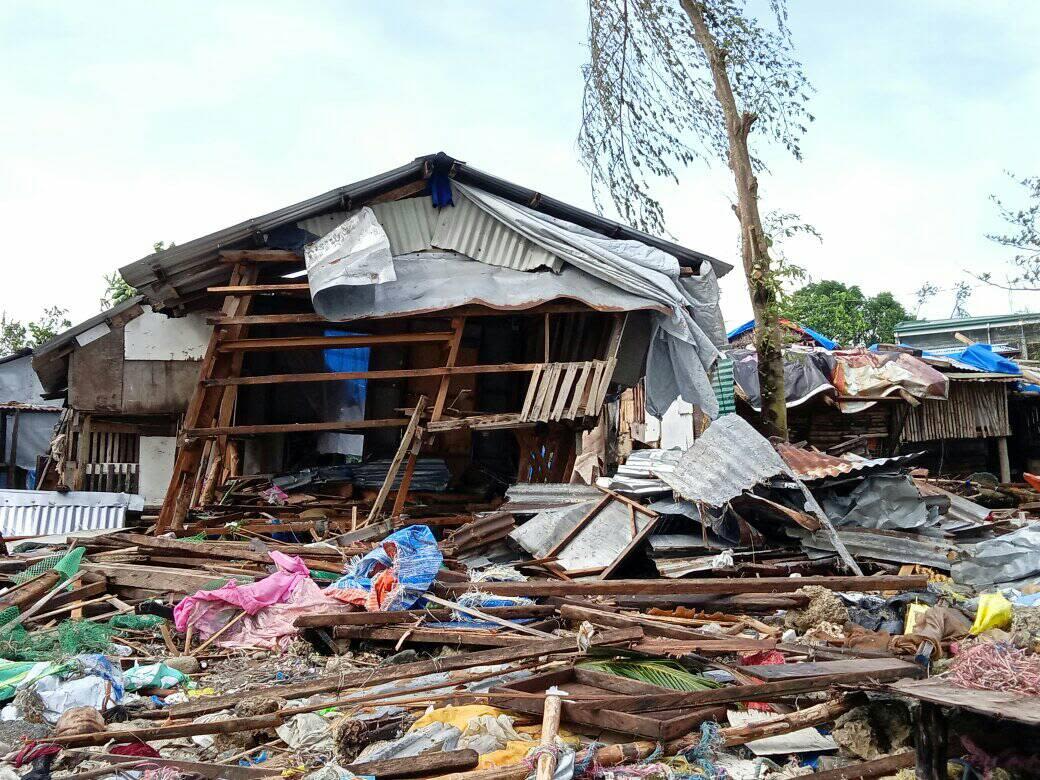
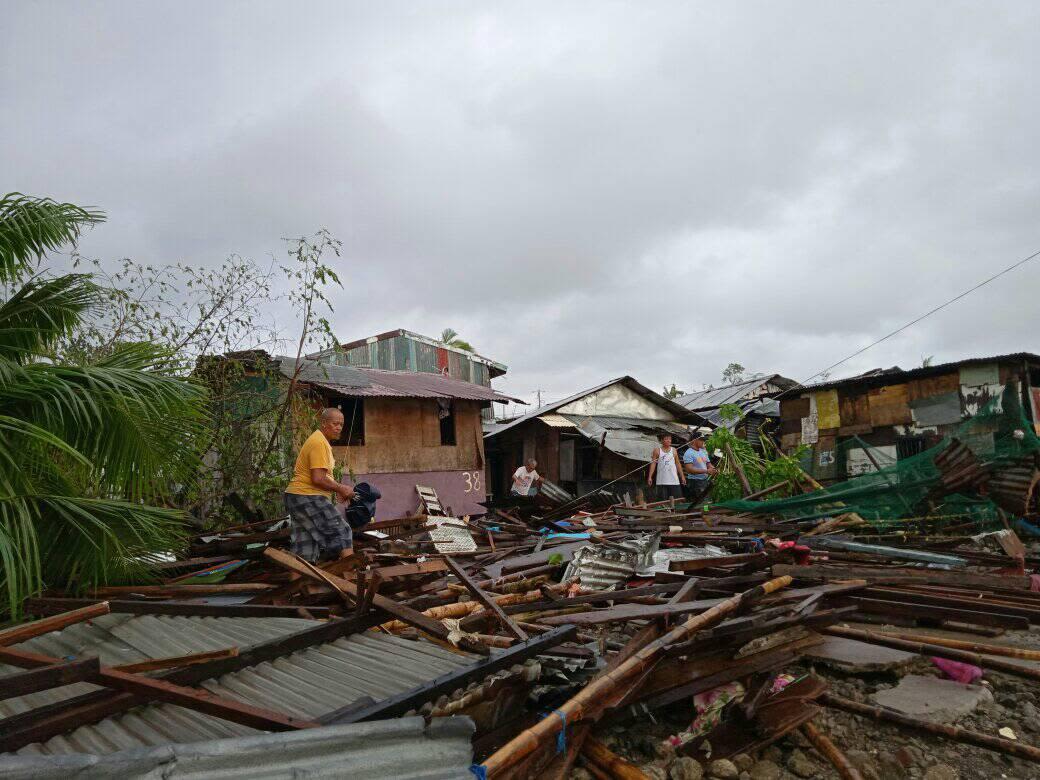




Following the money and housing projects
2020 to 2021
Under Duterte, 90,000 Yolanda housing units still unfinished
By Rappler, 2020
“Out of the 220,680 Yolanda housing units targeted to be built, only 130,317 or 59% have been completed. This means 90,363 or 41% are unfinished or not ready for occupancy of intended beneficiaries.”
COA flags NHA over delayed Tyhoon Yolanda housing
By Philippine Daily Inquirer, 2021
"The National Housing Authority (NHA) did not meet its target of giving 218,975 housing units to victims of Supertyphoon Yolanda due to delayed construction, slow turnover, and low occupancy."
April 2021
Former Anibong village Chairperson Chat Bactol shares her community's experience during the COVID-19 pandemic.
This video was shown during PFD's Earth Day exhibit in April 2021 in Canberra, Australia.
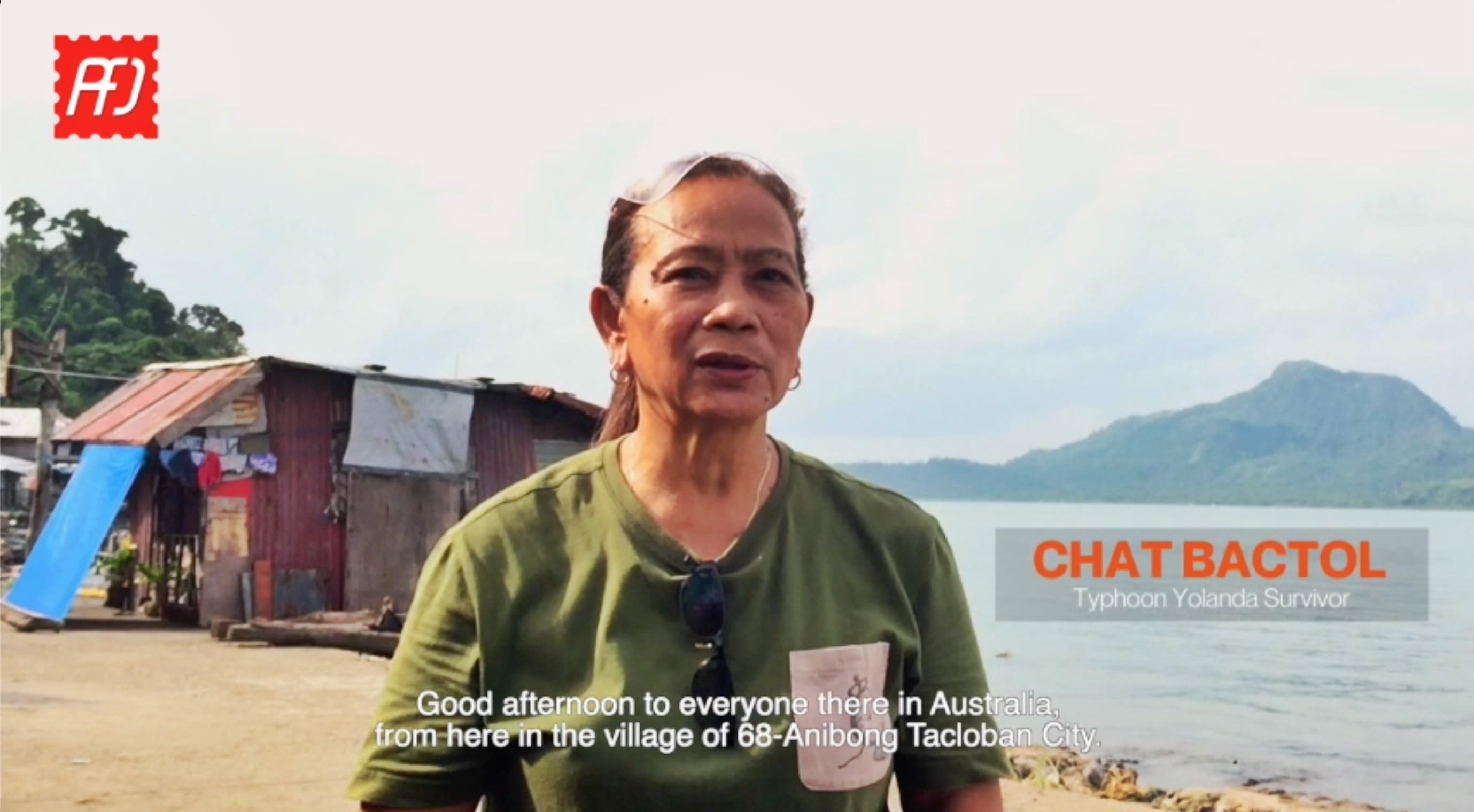
November 2021
To mark the eight anniversary of Yolanda's landfall, PFD community photojournalist John Rey Dela Rosa talks to the residents who continue to live in the coastal village of 68 Anibong, Tacloban City.
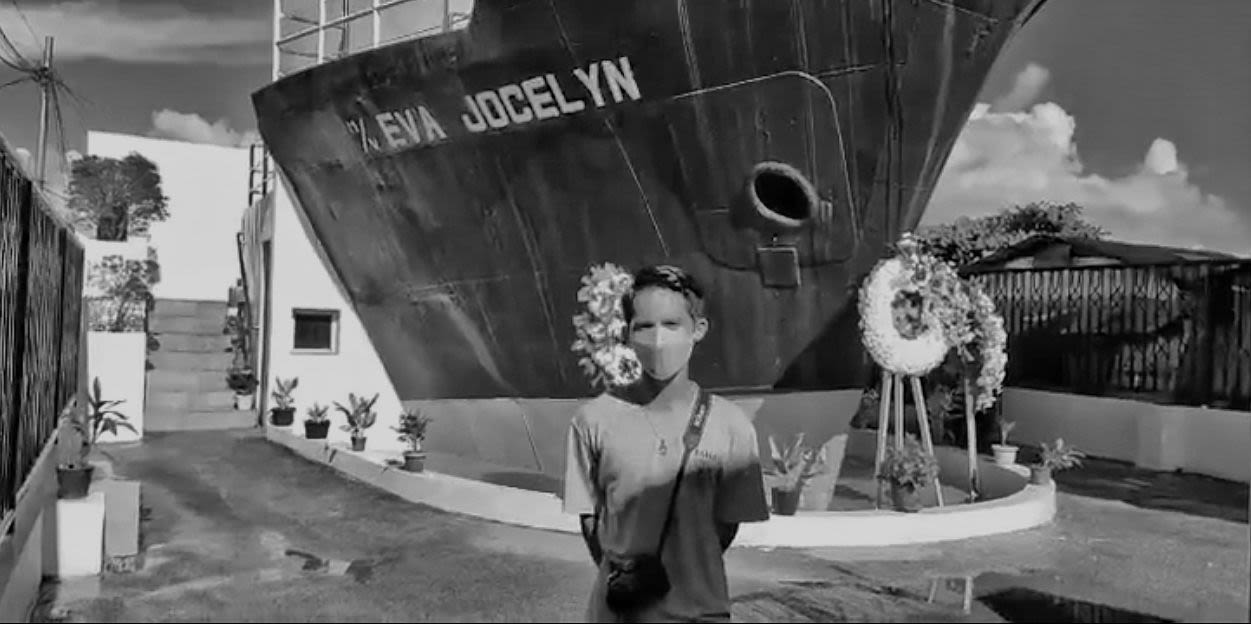
Following the money and housing projects
2022 to 2023
NHA told to fast-track Yolanda housing project
By PhilStar, 2022
Nine years after Super Typhoon Yolanda devastated several areas in the Visayas, thousands of displaced families have yet to be provided permanent shelters by the National Housing Authority (NHA), according to the Commission on Audit (COA).
NHA to look into alleged selling of Yolanda housing units
By Sunstar, 2022
Story about allegations that some of the housing units intended for Yolanda victims in Negros Occidental are sold through brokers.
COA to NHA: Sue contractors, officials for delayed projects
By Malaya, 2023
Government auditors have recommended that the National Housing Authority (NHA) file legal action against contractors for breach of contract over 50 delayed government projects totaling P7.754 billion.
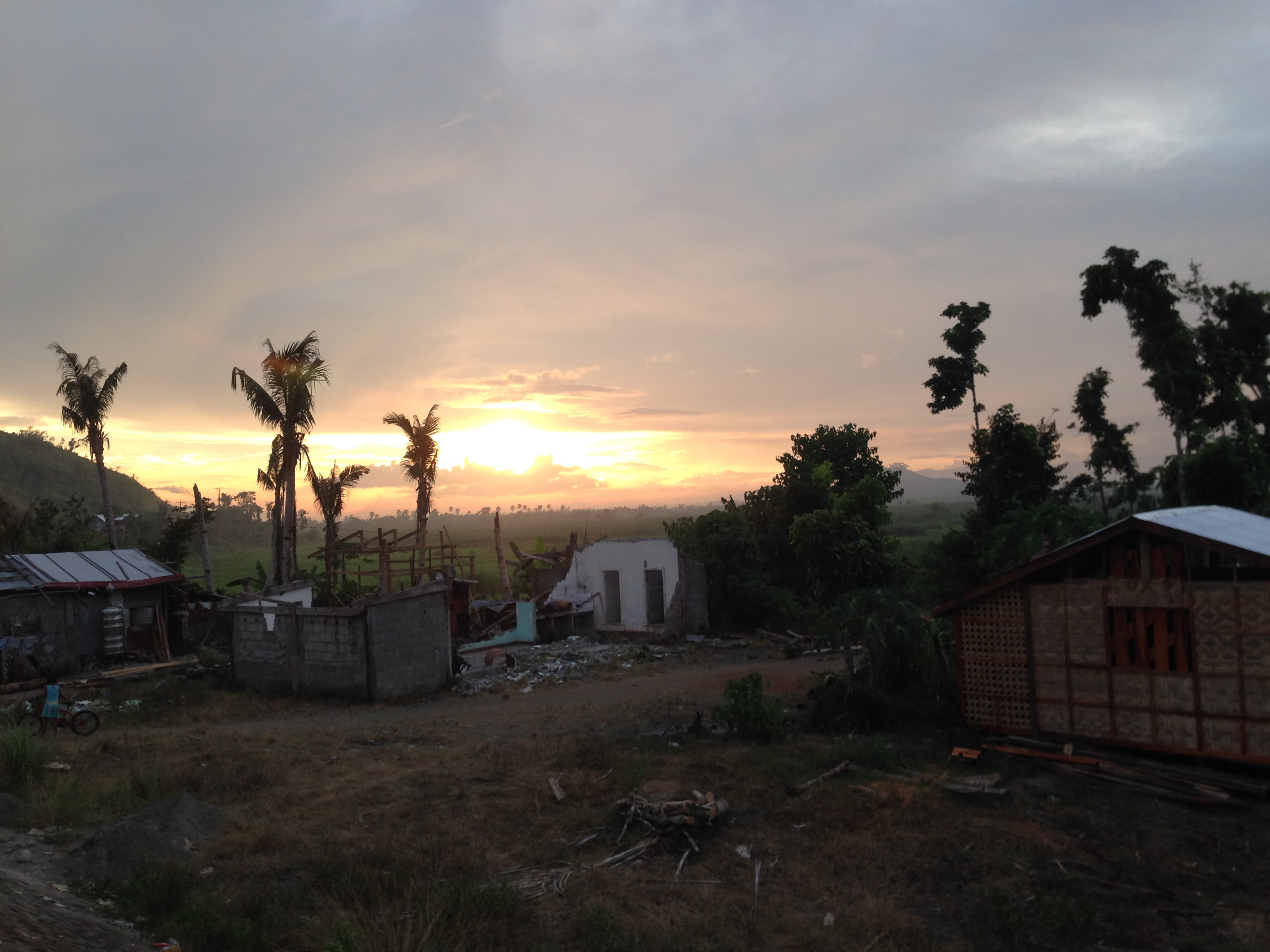
Nine Yolanda housing projects without water line
Writing is a medium of communication that represents language through the inscription of signs and symbols.

